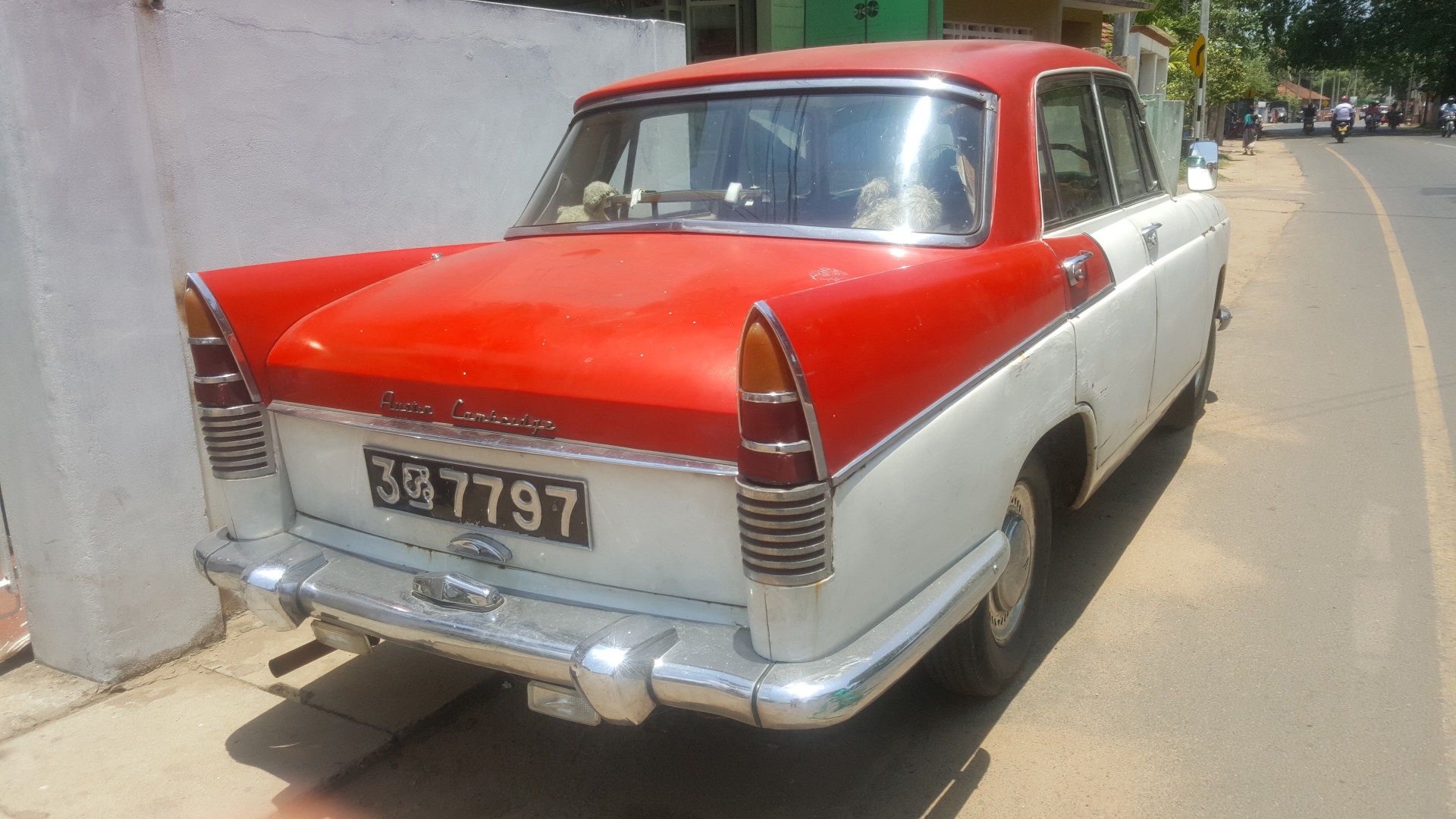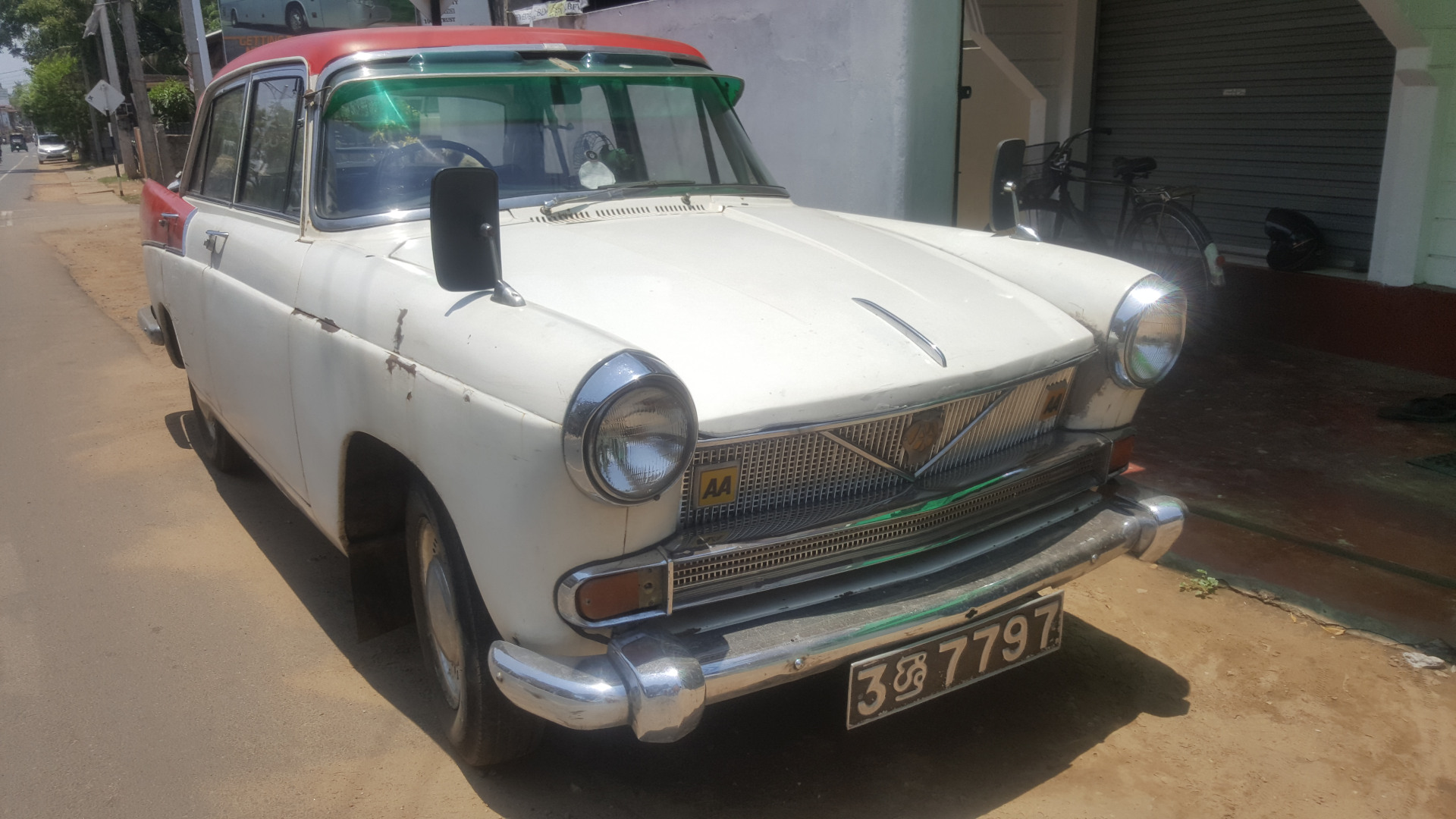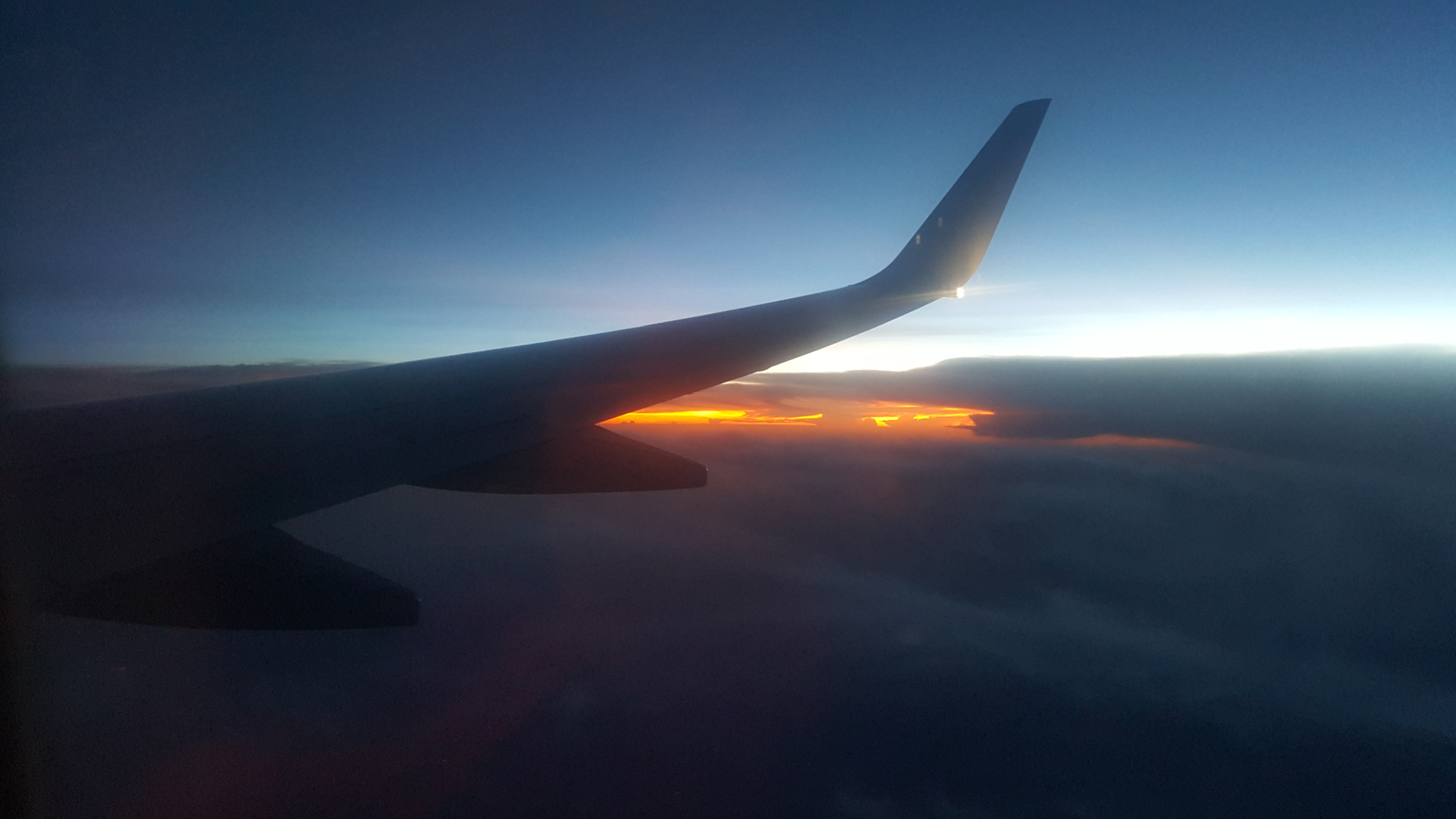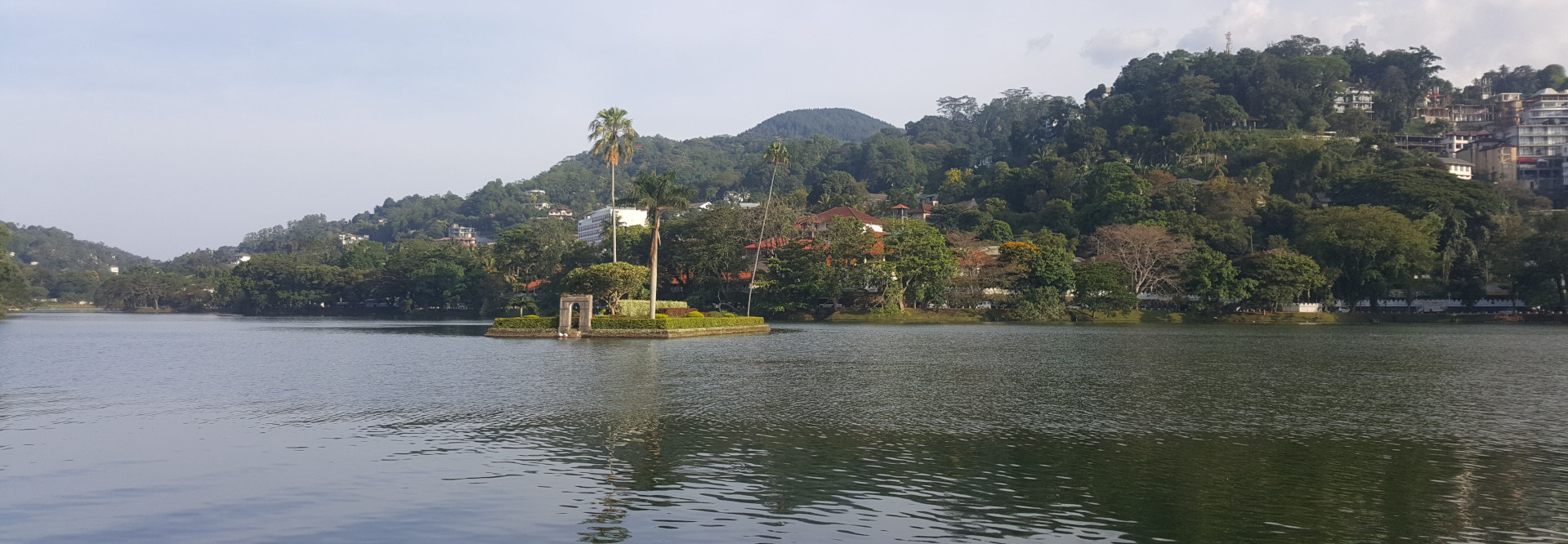Palk Strait. 6:52pm, 19th April 2018.
Srilanka
Sri Lanka was an embittered and traumatised place. Spooks followed me everywhere I went. The police arrived at the tourist path when I exited, and they informed me that there were "elephants." They then drove me back to my hotel, with spies in a white Honda Grace car never far behind. I overstayed my visa because of financial difficulties, and my brother hung up the phone because I was being eaten alive by flesh flies.
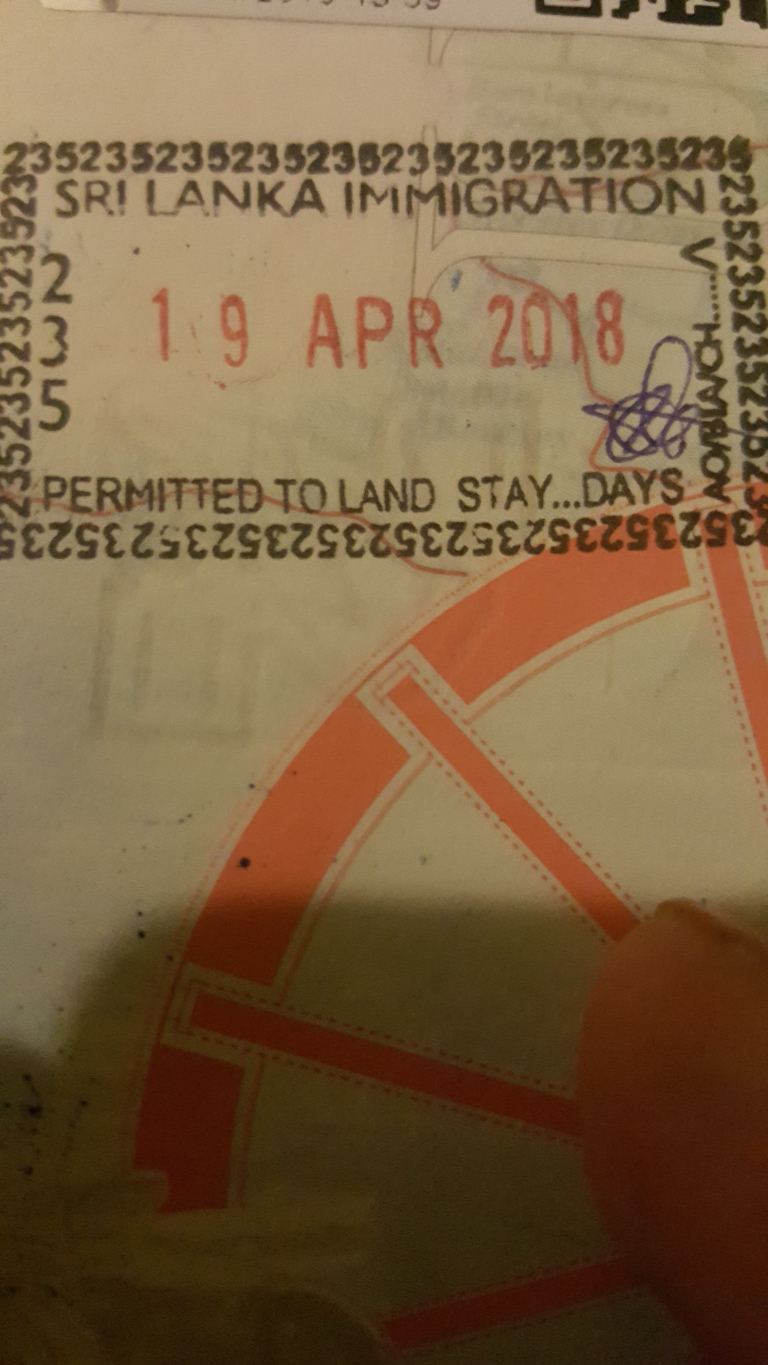
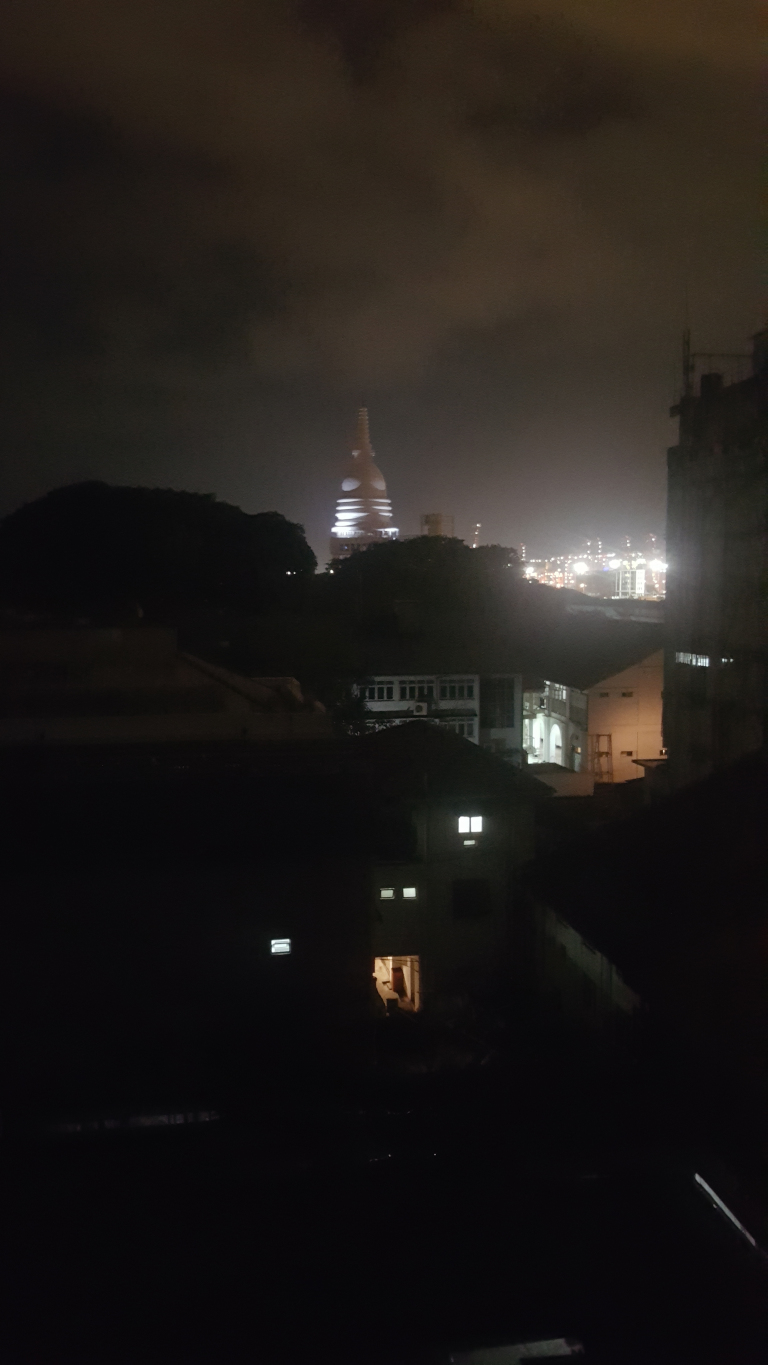
The man behind the counter at the Bandaranaike International Airport expected dollars when I arrived at the visa desk because Sri Lankan currency isn't worth much. I responded that I had already converted my money before I left India. I pondered whether he was aware that I had identified him as the president's brother when he gave me my visa stamp. When I met him, he was honest and easy to talk to. I felt welcome, but the cold irony of how annoyed I was about Sri Lanka's growing debt to China took away from that. I reasoned that politics and religion should never be combined, at least not when an undignified mammon is involved.
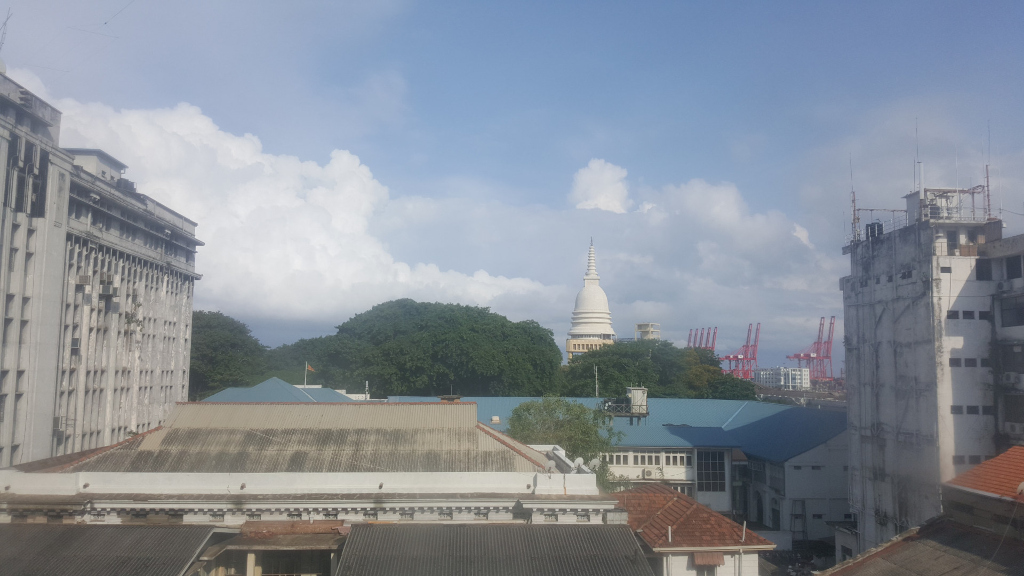
The airport was not located in Colombo, and the only viable form of transportation out of the airport was a taxi. As midnight approached, I walked through the streets of Colombo until I found a cheap hotel where I could book a room for the night.
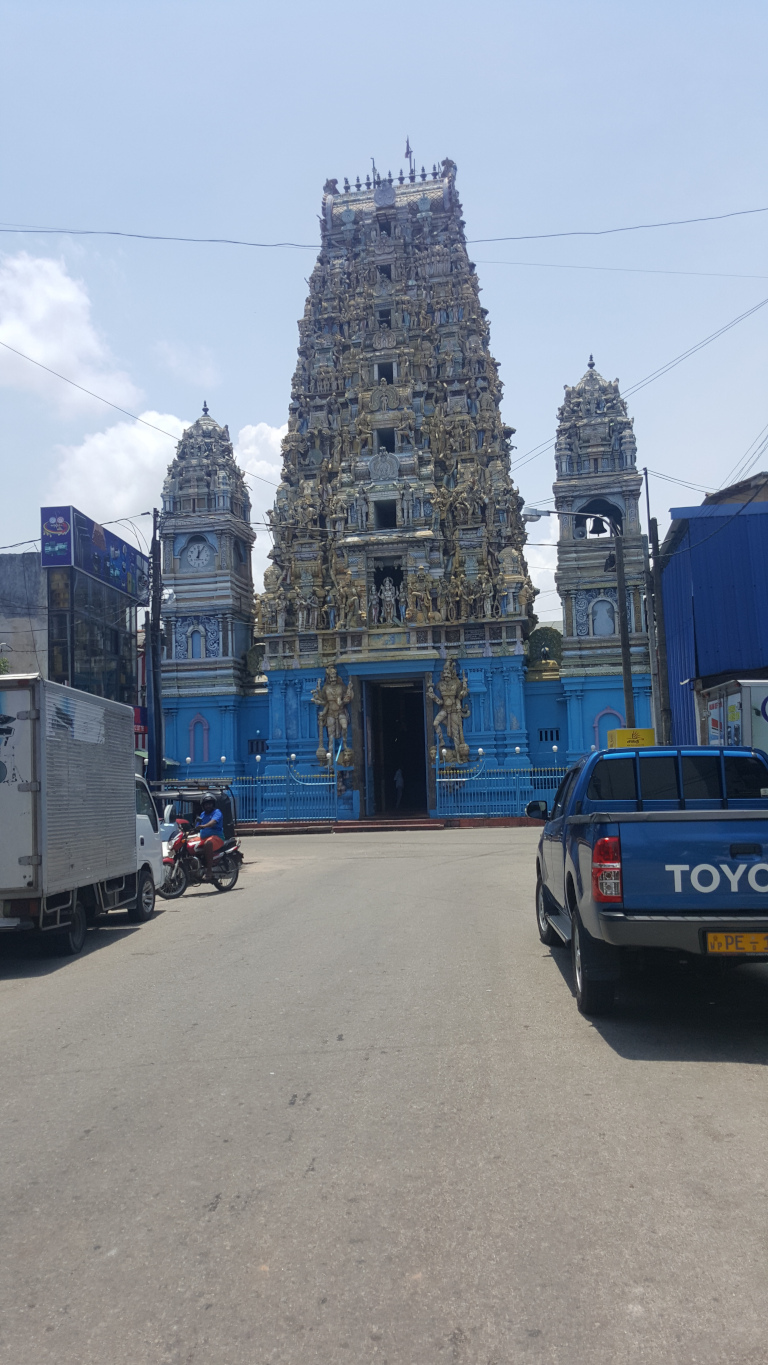
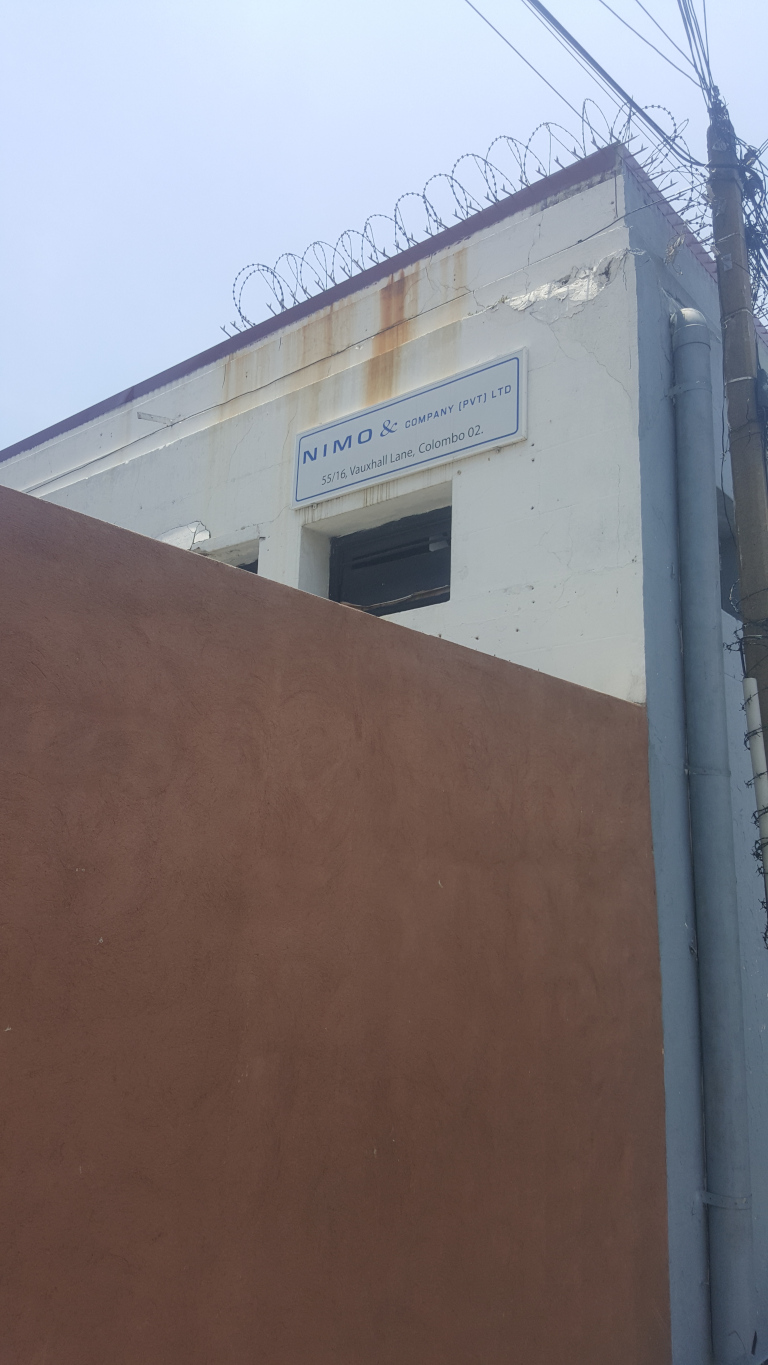
Due to my extensive interactions with Sri Lankan Tamils in London, I was extremely hesitant to take a risk and visit this nation that I had heard so much about. I wanted to know why Tamil refugees had been forced to leave their home country based on their appearance.
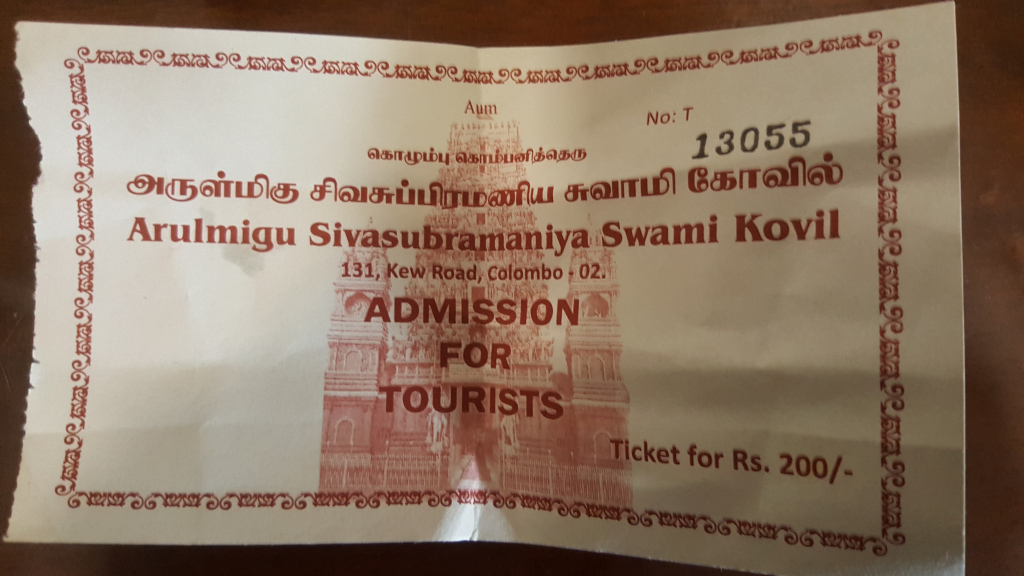
I first went to Colombo's Murugan Kovil. I paid the tourist fee and then walked around. Furthermore, I found the kovil to be civil and a little more profound than face value, even though Sri Lankan and Dravidian Hinduism is profound and overwhelming on the senses and less accepting of European peoples in its strict formality.
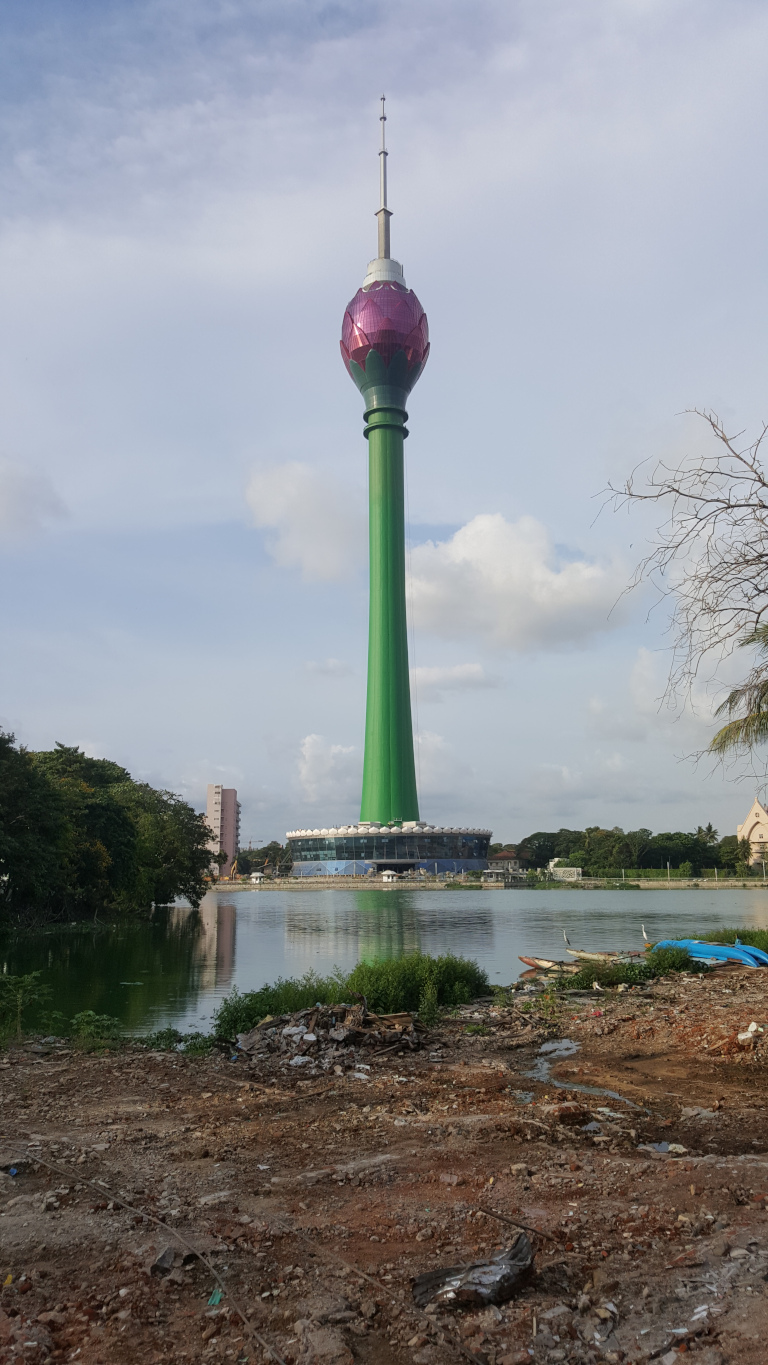
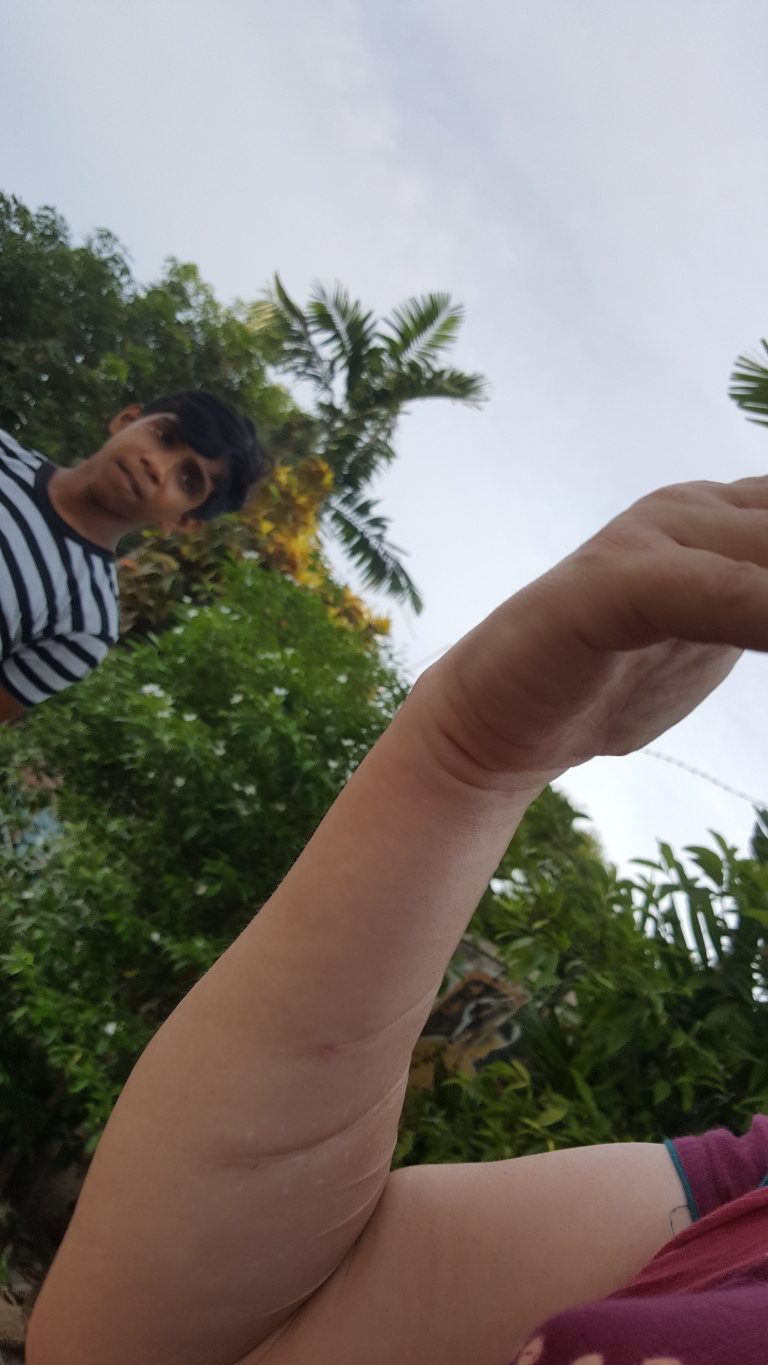
Considering the slum landscape that surrounded it, the garish Colombo Lotus Tower was quite impressive. A young man who was slightly deranged but inquisitive approached me and inquired as to the reason for my visit to Sri Lanka.
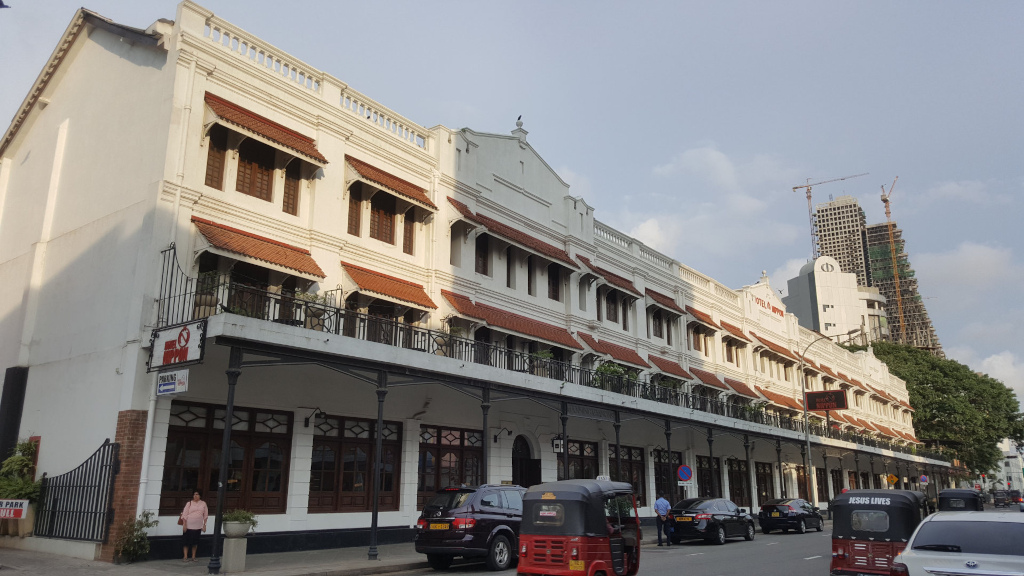
Because I was jet-lagged and needed to rest, I looked for another hotel in the afternoon.
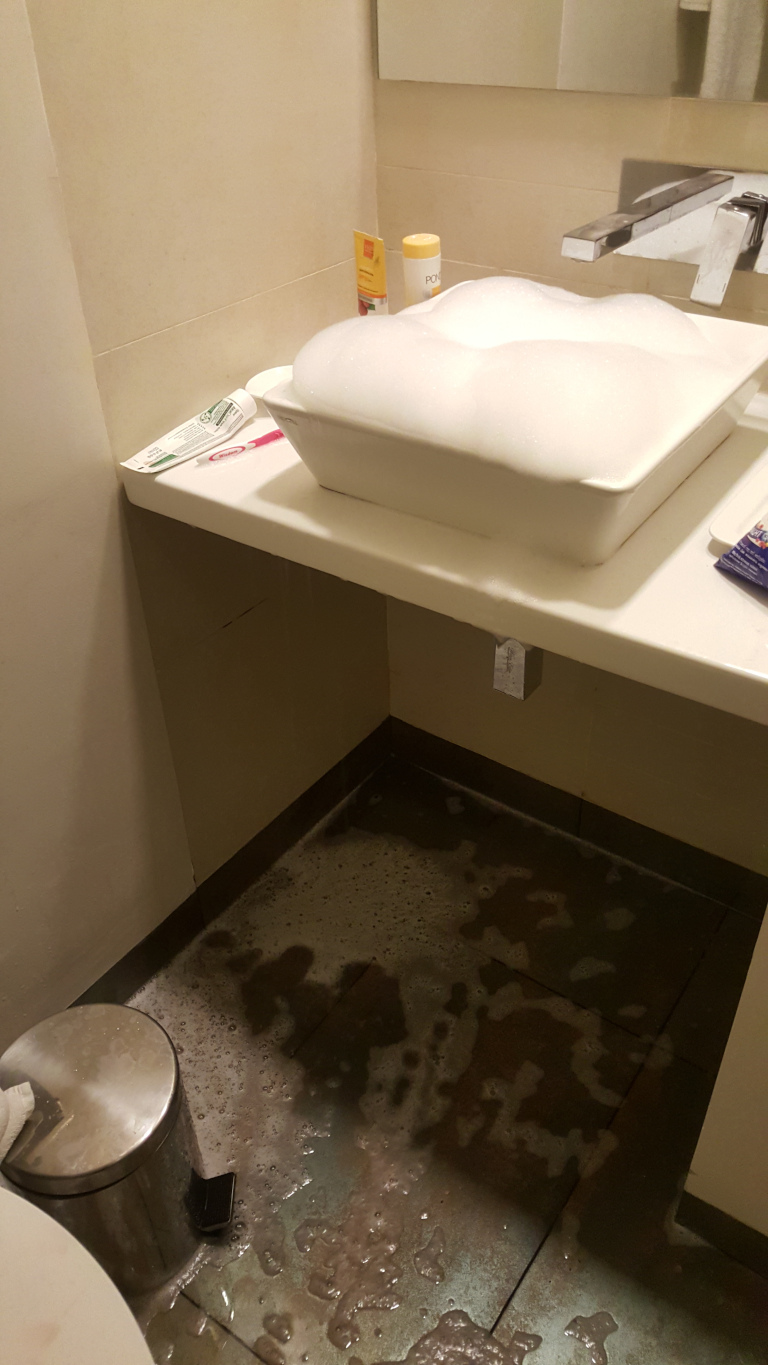

And made a mess in the small bathroom with soap suds while I washed my clothes.

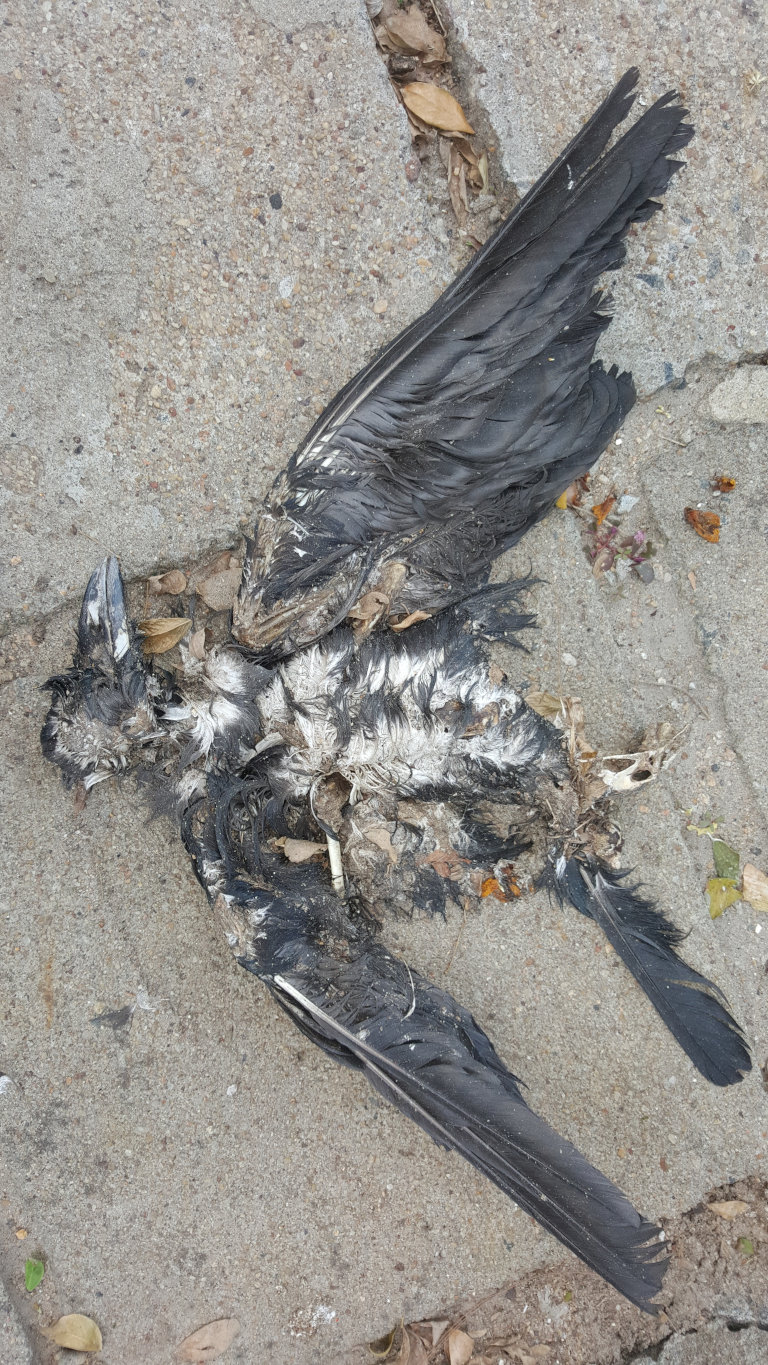
The initial day was relatively unsettling and chaotic; I was aware that this was the beginning of a difficult journey due to a dystopic impression. In appearance, the Theravada Buddhism here seemed to be in stark contrast to the Jainism I had encountered in Gujarat, but the followers were quite different. I wondered how the childish spirit of Communism could deceive an elder school.
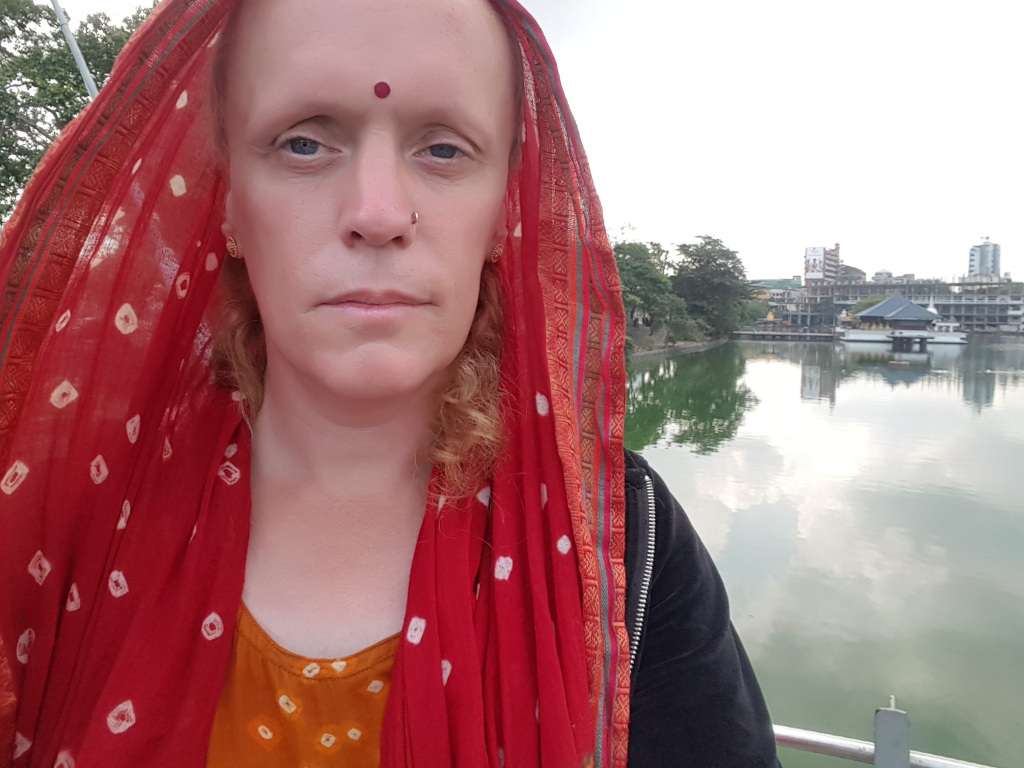
My arrival in Colombo was uneventful; however, the poverty level compelled me to conceal the modest quantity of gold jewellery I possessed.
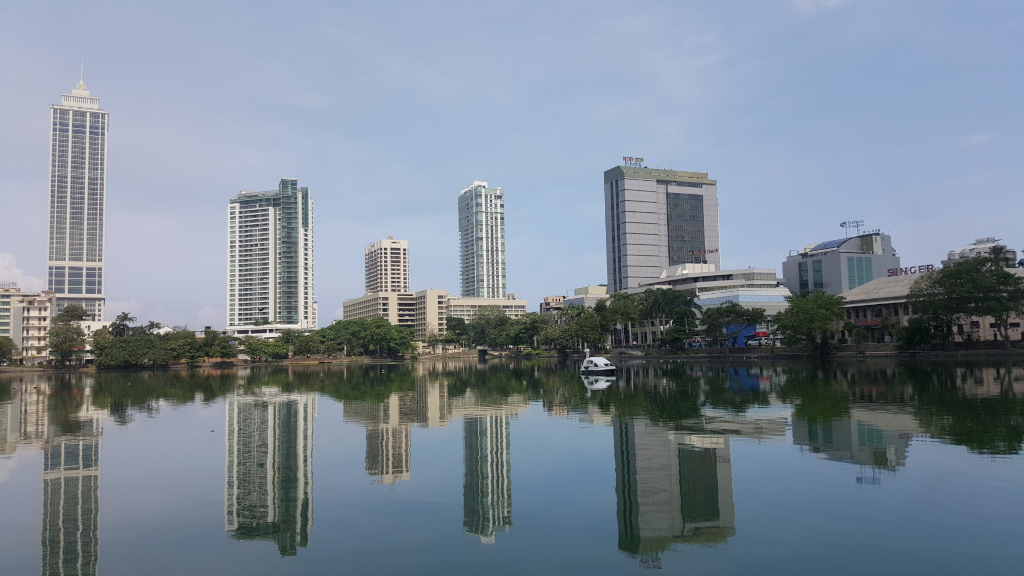
The straight lines of the tall buildings couldn't bend to the shameful sadness I felt from this shabby city, and the still, cloudy water below didn't reflect anything clearly.
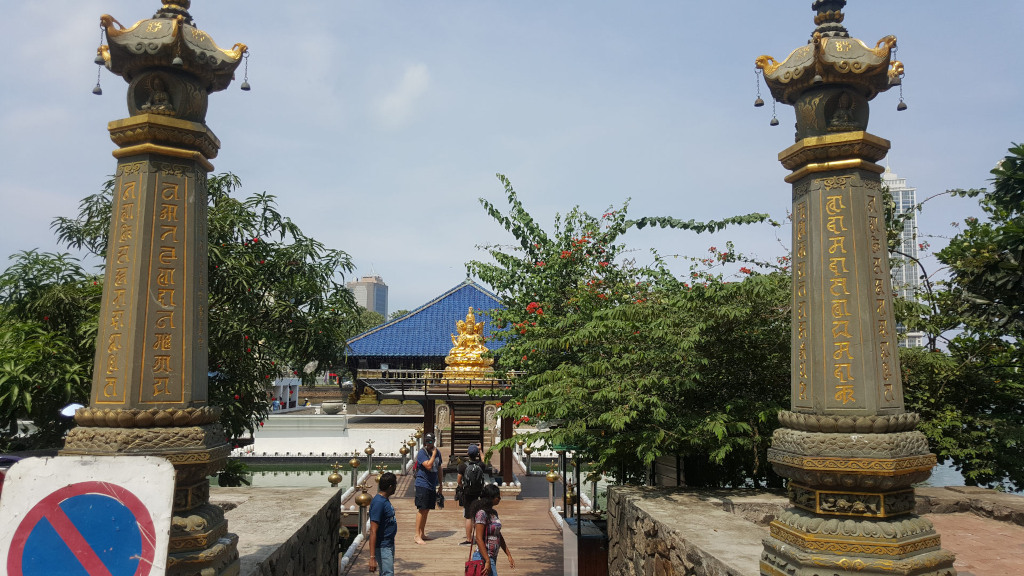
The Buddhist Temple of Gangaramaya (Vihara) was truly remarkable; however, I elected to pass by and return at a later date.
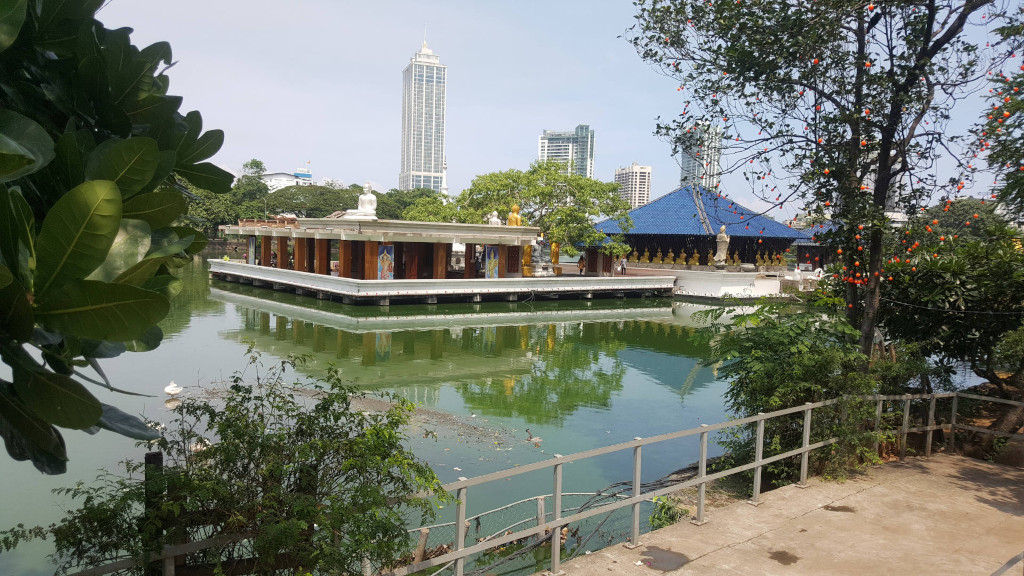
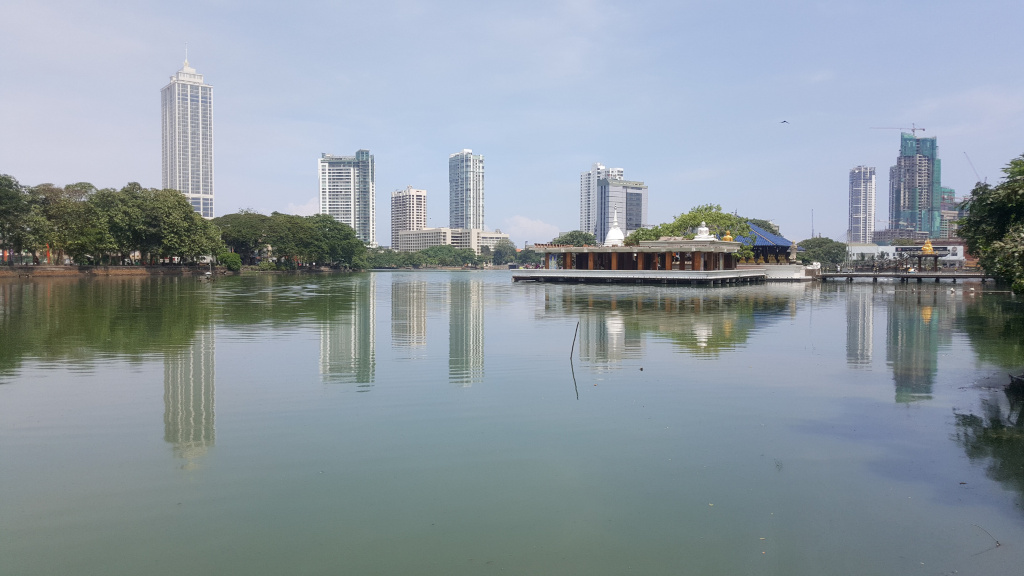
I found the bus stop in Colomobo, took a State Transport bus to Kandy, and then I walked into a Murugan Kovil.
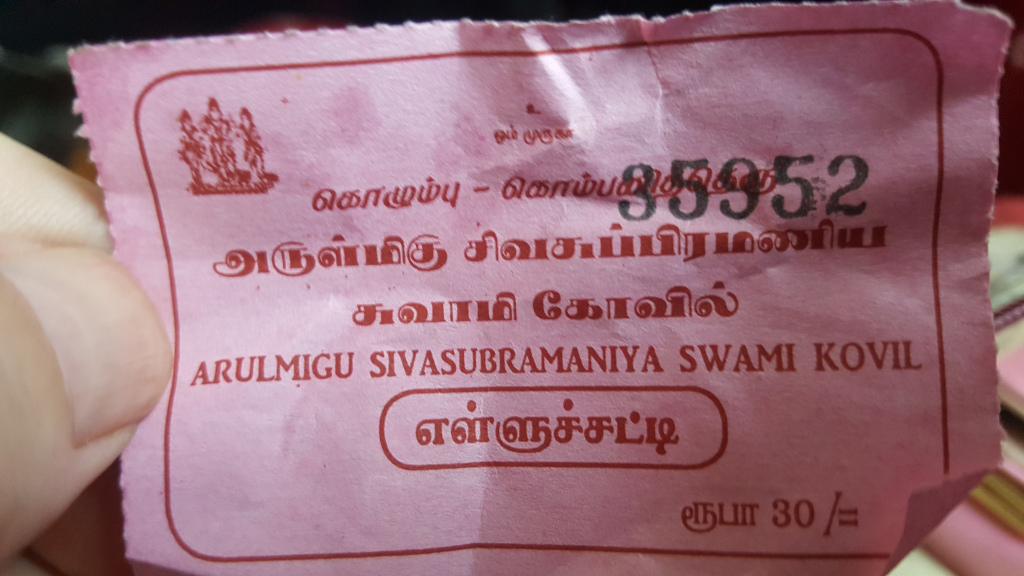
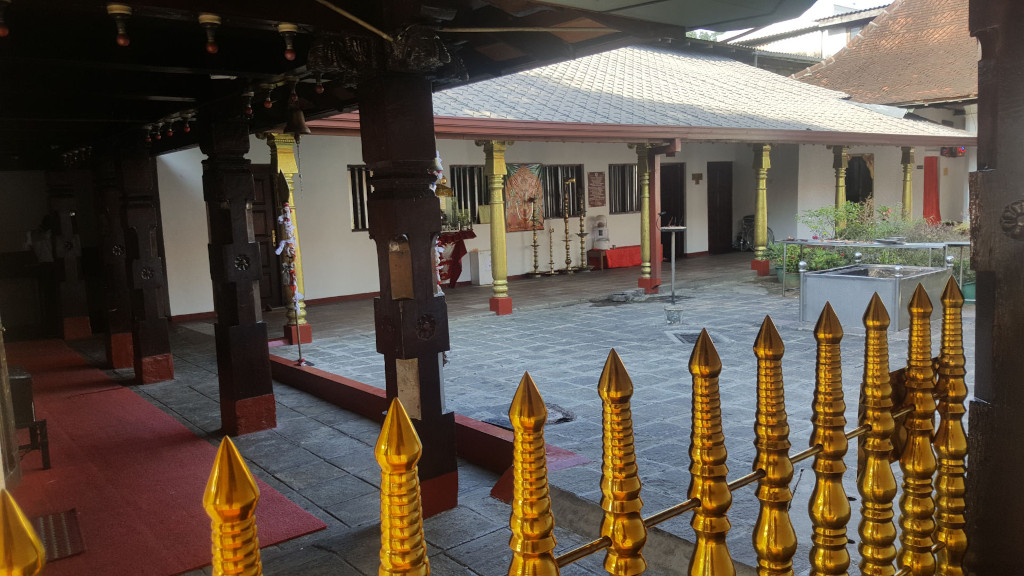
I discovered Ganapathy sitting in front of his vehicle, a rat.
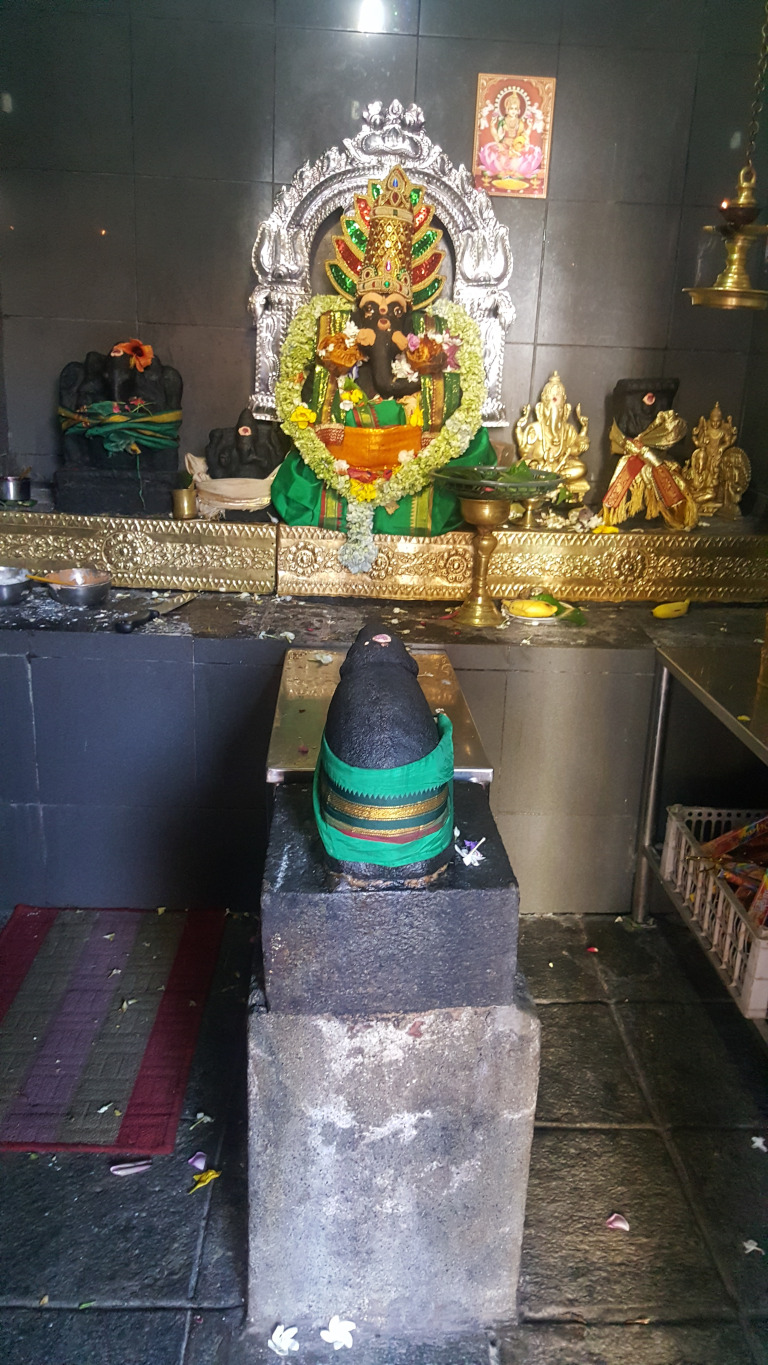
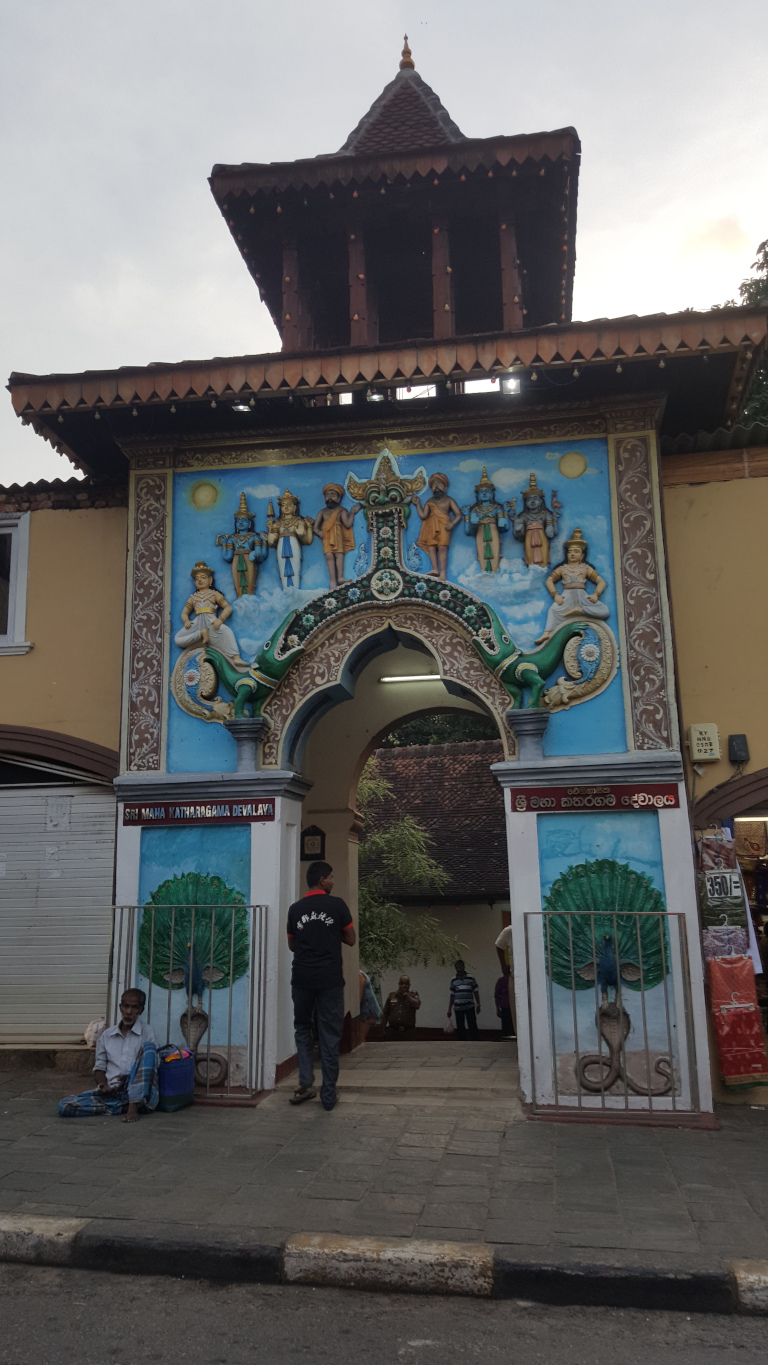
Here, in the reflective fragments of a traumatized and terrorized nation, displaced by a civil war that raged for thirty years, I did discover ascetic beauty. Although Kandy Lake was serene, I was unable to find comfort in the knowledge that Buddhism and Hinduism, two Ahimsa religions, had mass murders committed against one another.
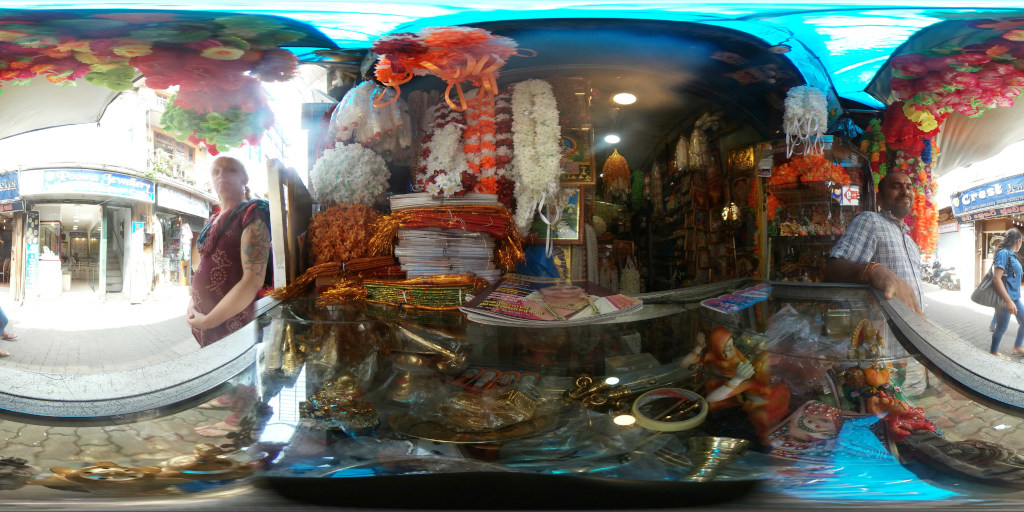
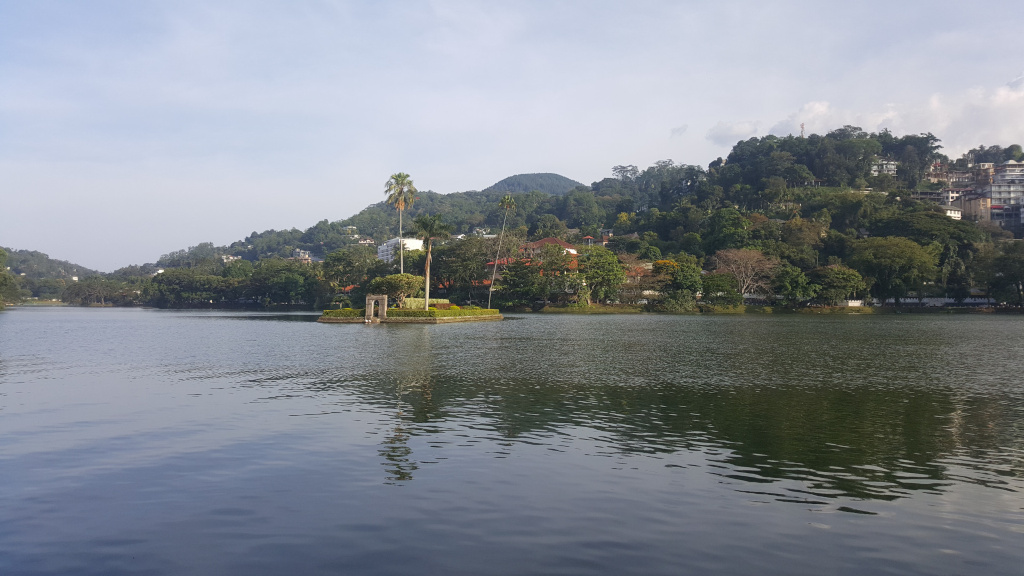
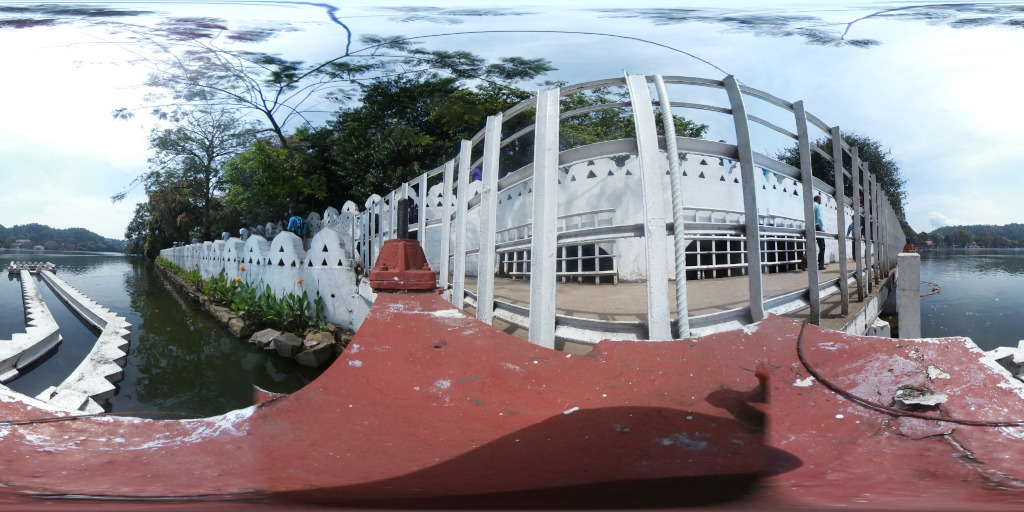
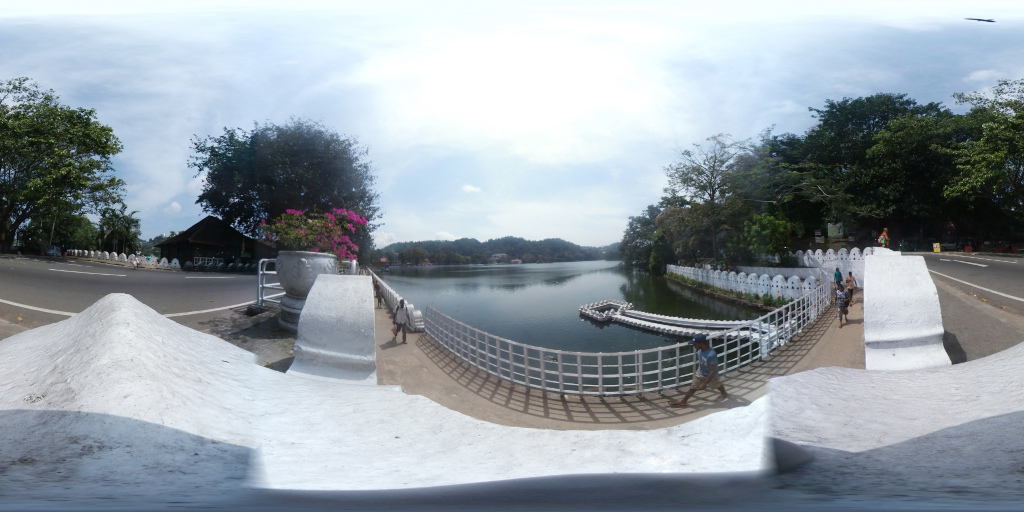
I was aware that this journey would be enamouring with fortitude, deprivation induced from suffering depersonalisation, based on the redness that quickly developed from the sunburn. Similar to the Buddha, exploring this subtropical setting as a vagrant without any reservations or travel plans. I think his first stop after leaving India was Sri Lanka.
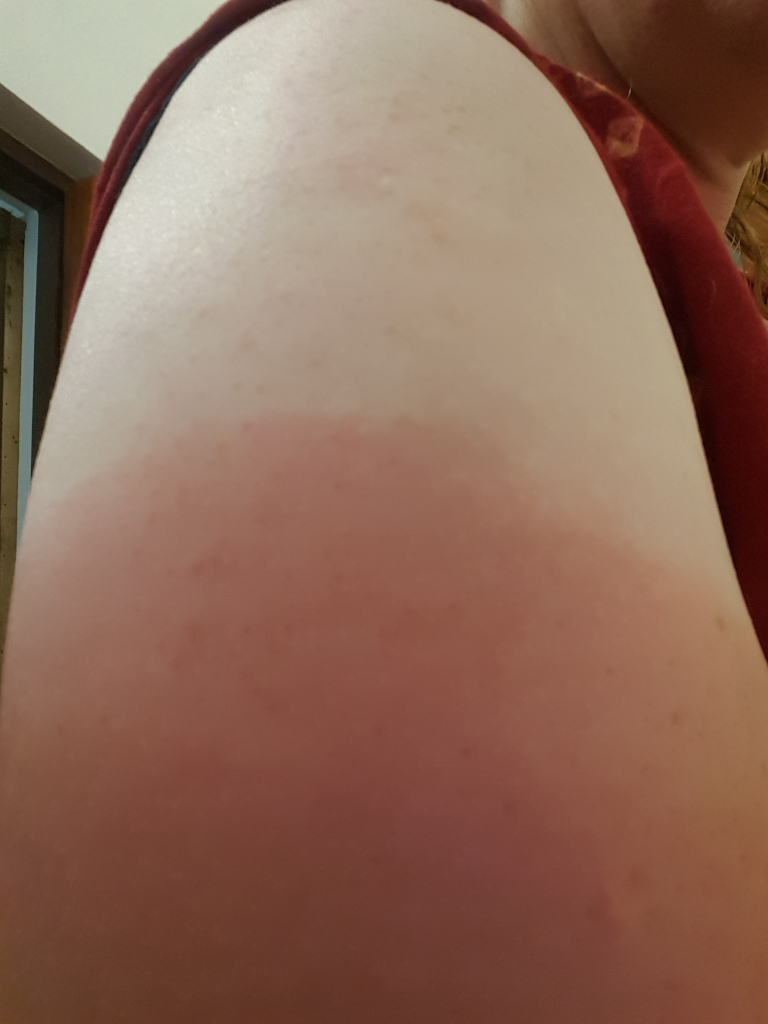
I made frequent visits to Kandy's Murugan Kovil, advocating for unwavering passage through anticipated impediments.
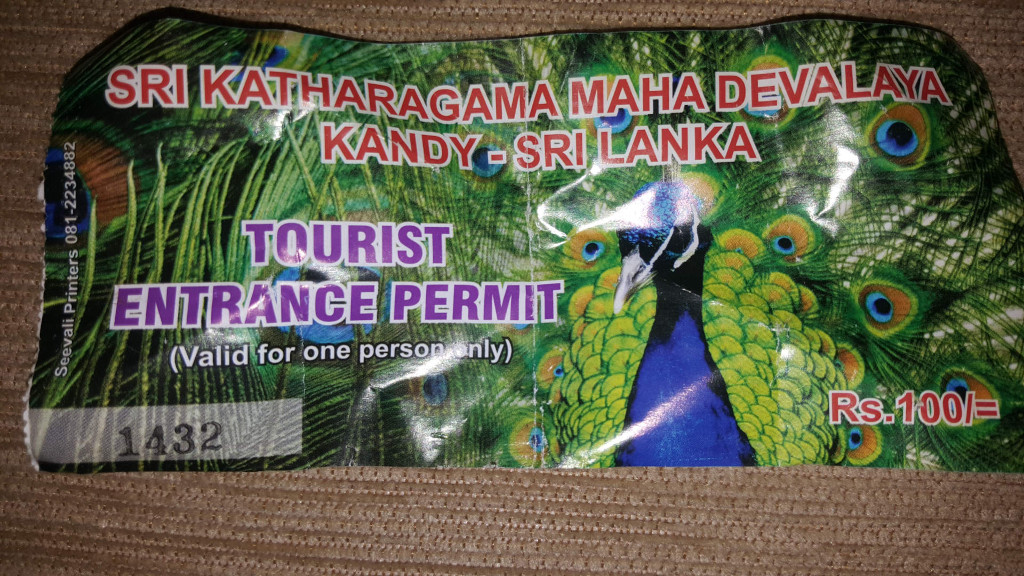
Walked across a river to get to Kandy from a cheap hotel I booked outside of town.
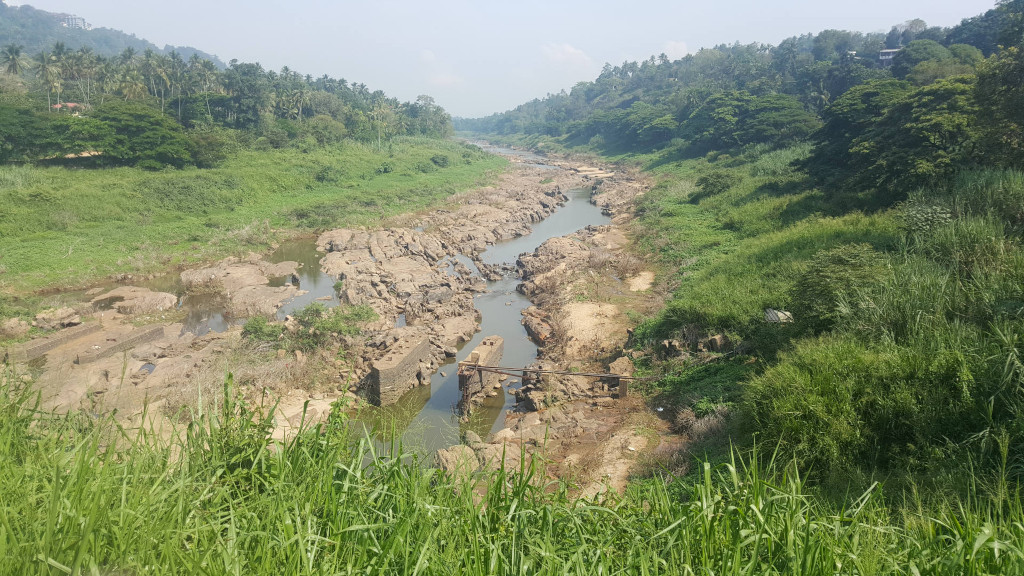
Flagged over a tut tut, went into town, and visited a Buddhist Kovil.
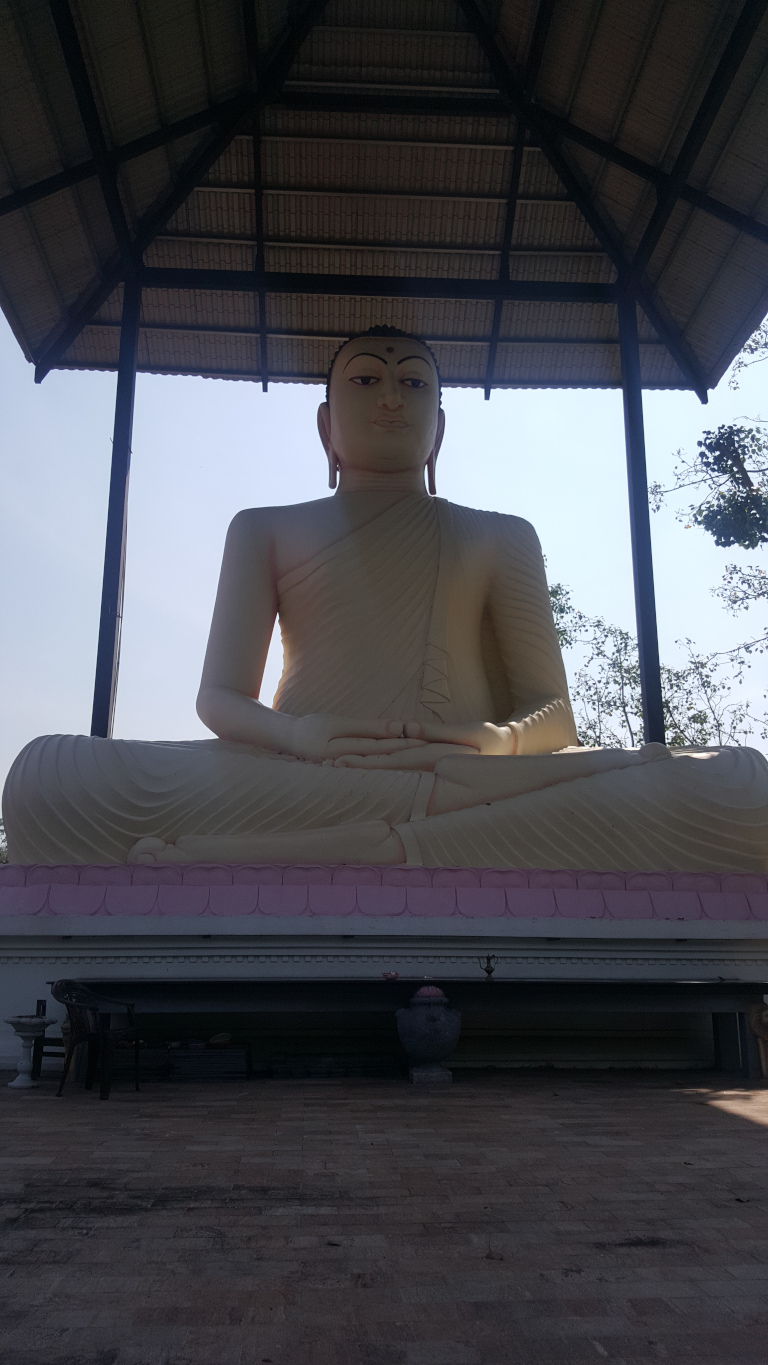
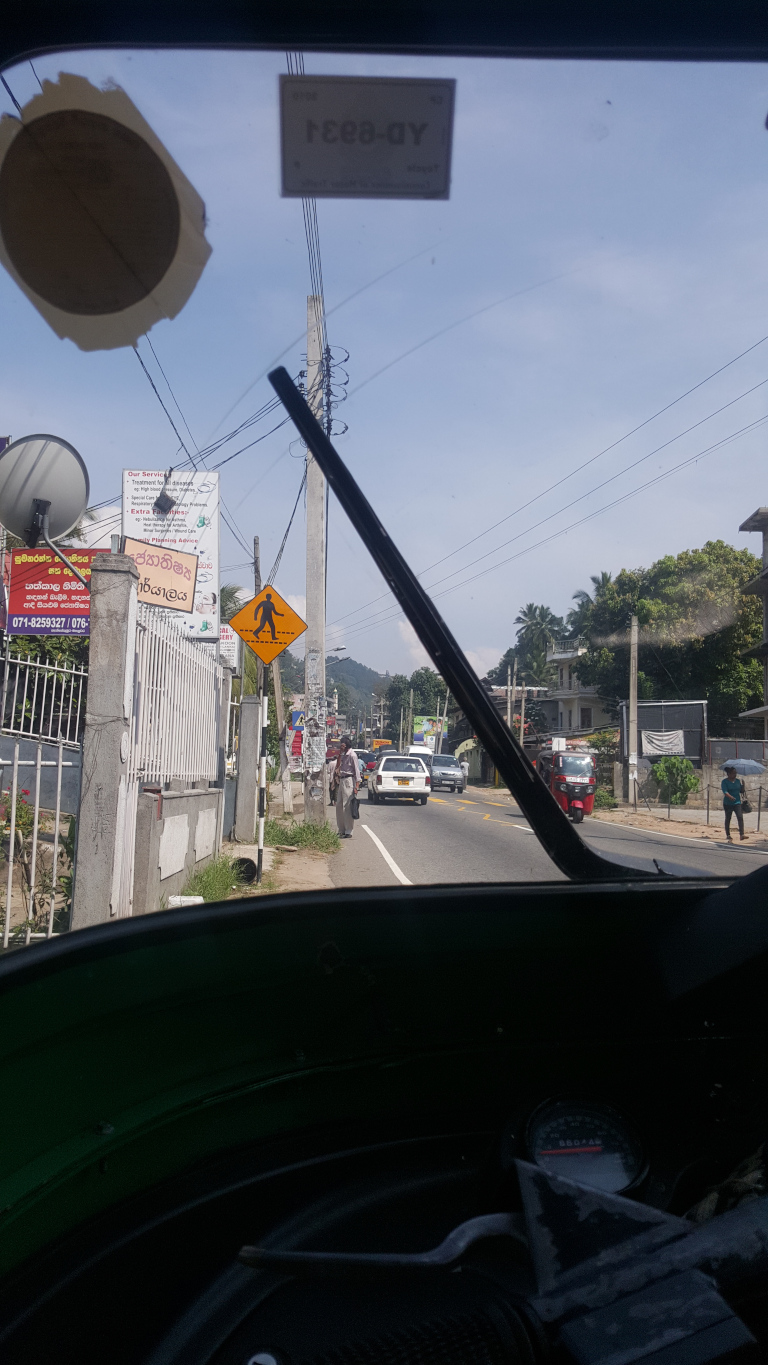
This location offers an exceptional view of Kandy Lake.
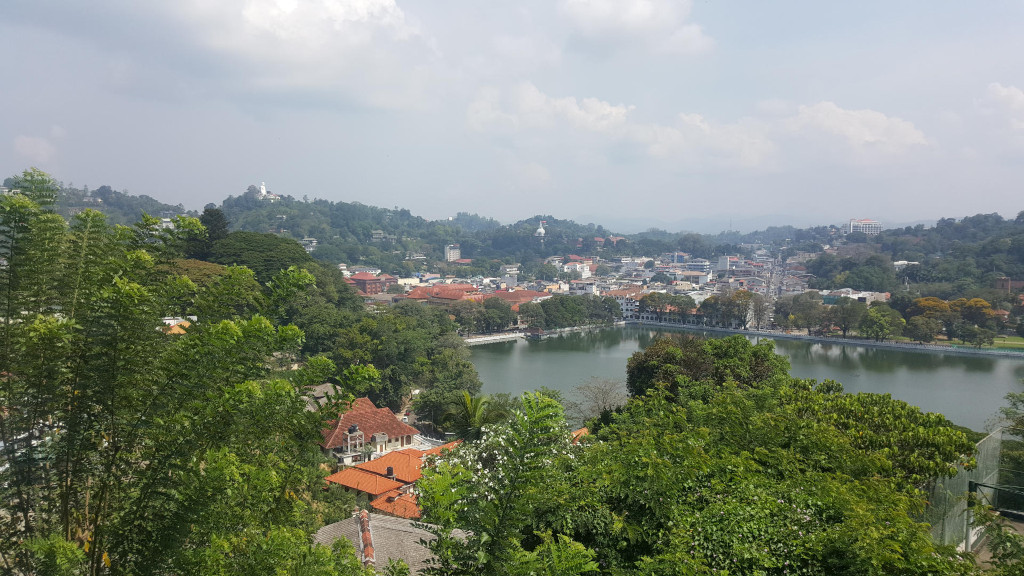
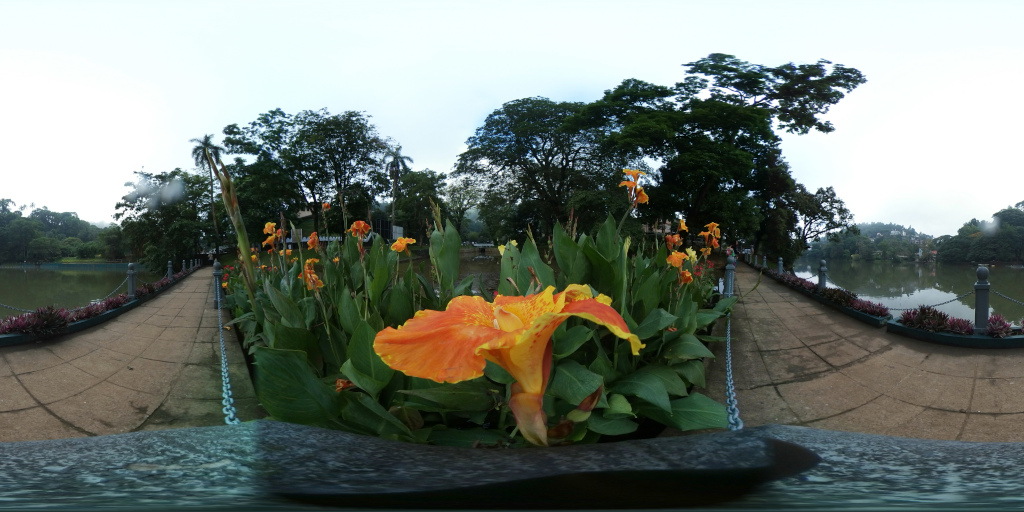
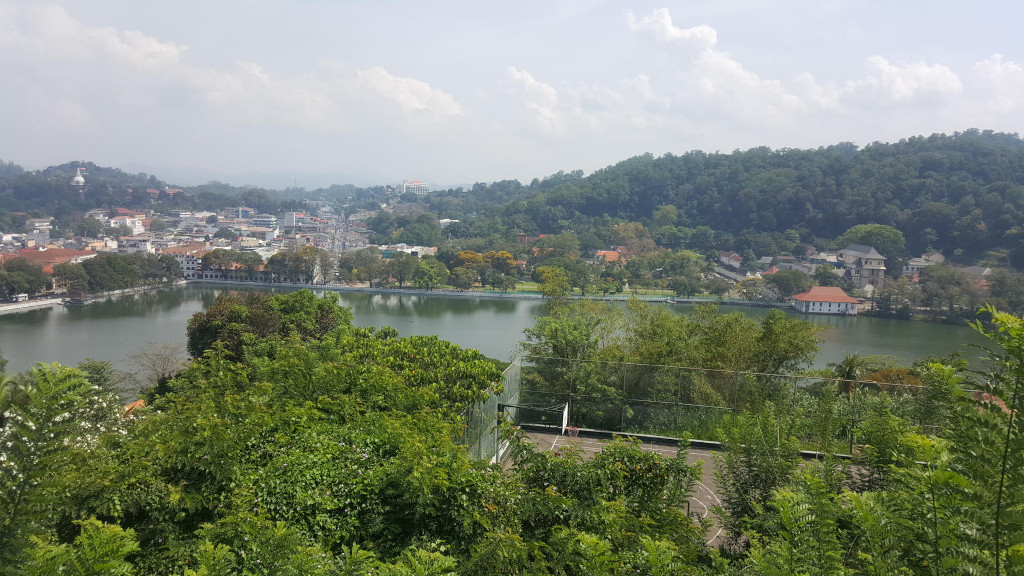
Upon observing Sri Lankans walking along railway tracks, I discovered a cafe where I shared bundi laddo with Rosie.
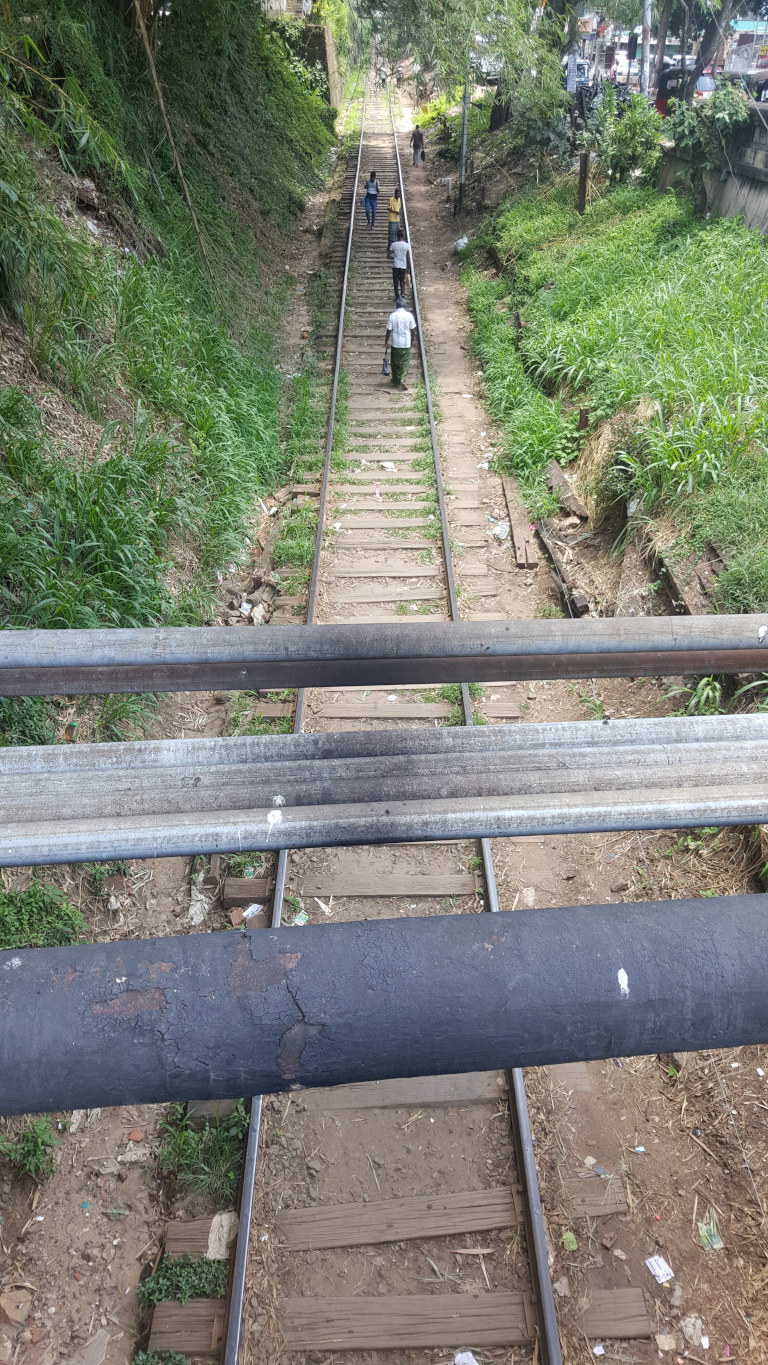
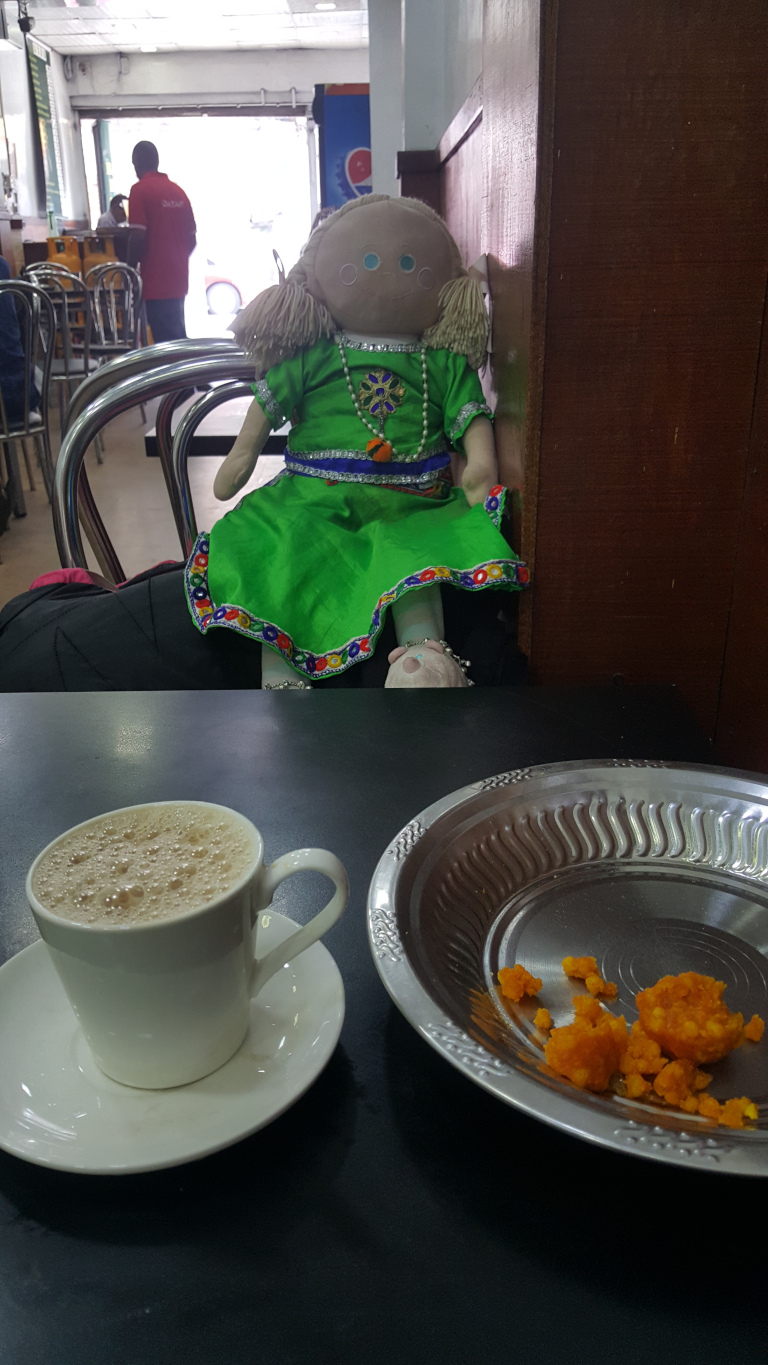
I came across a drunken man and some mosaic art. Both Indians and Sri Lankans struggle with intoxication.
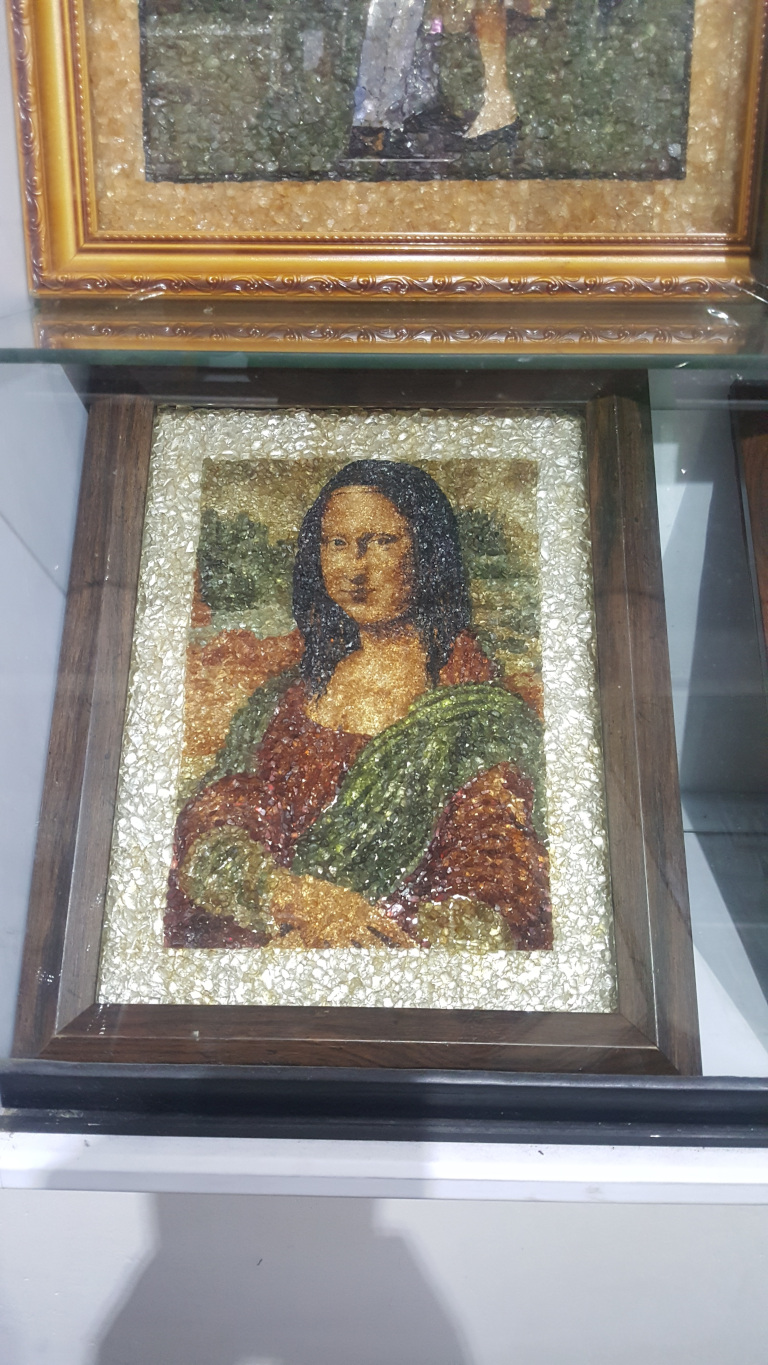
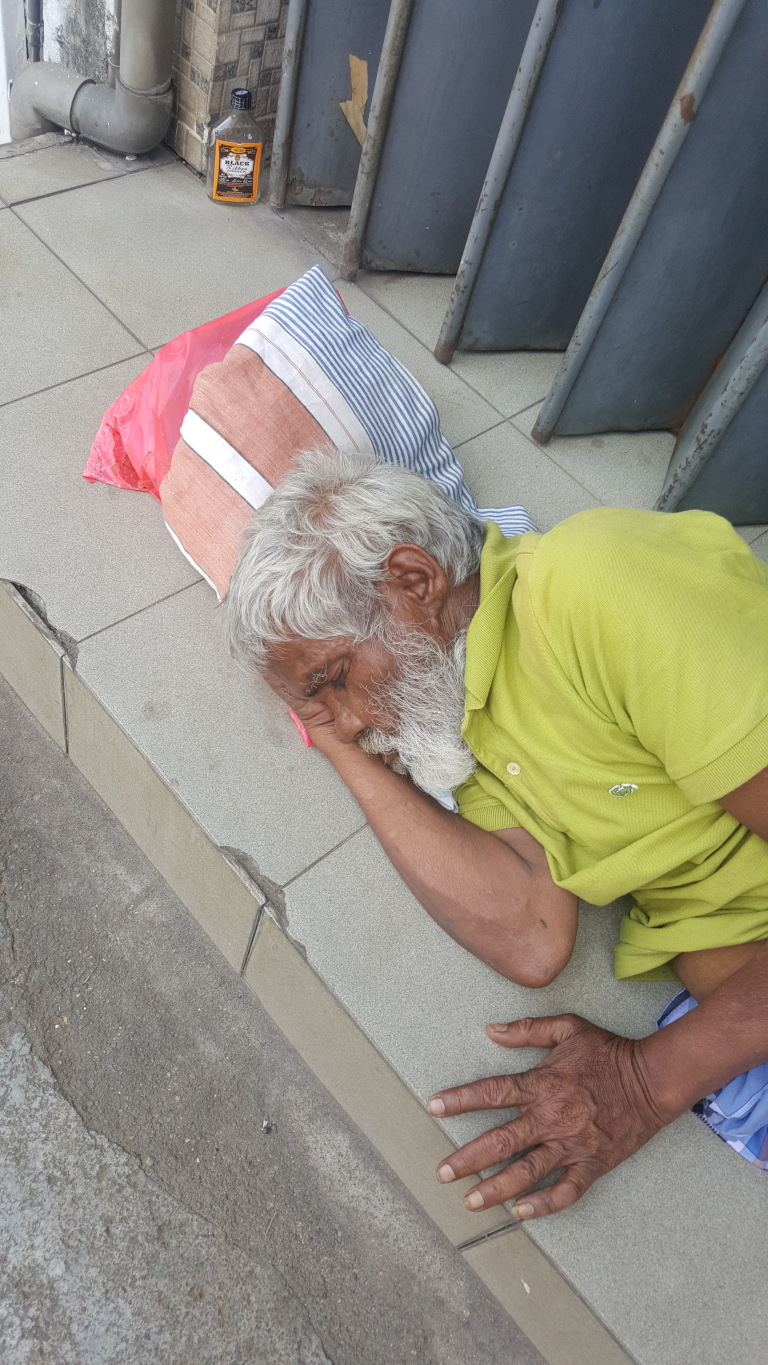
Arrived in Jaffa, but was disappointed that my hotel room didn't work.
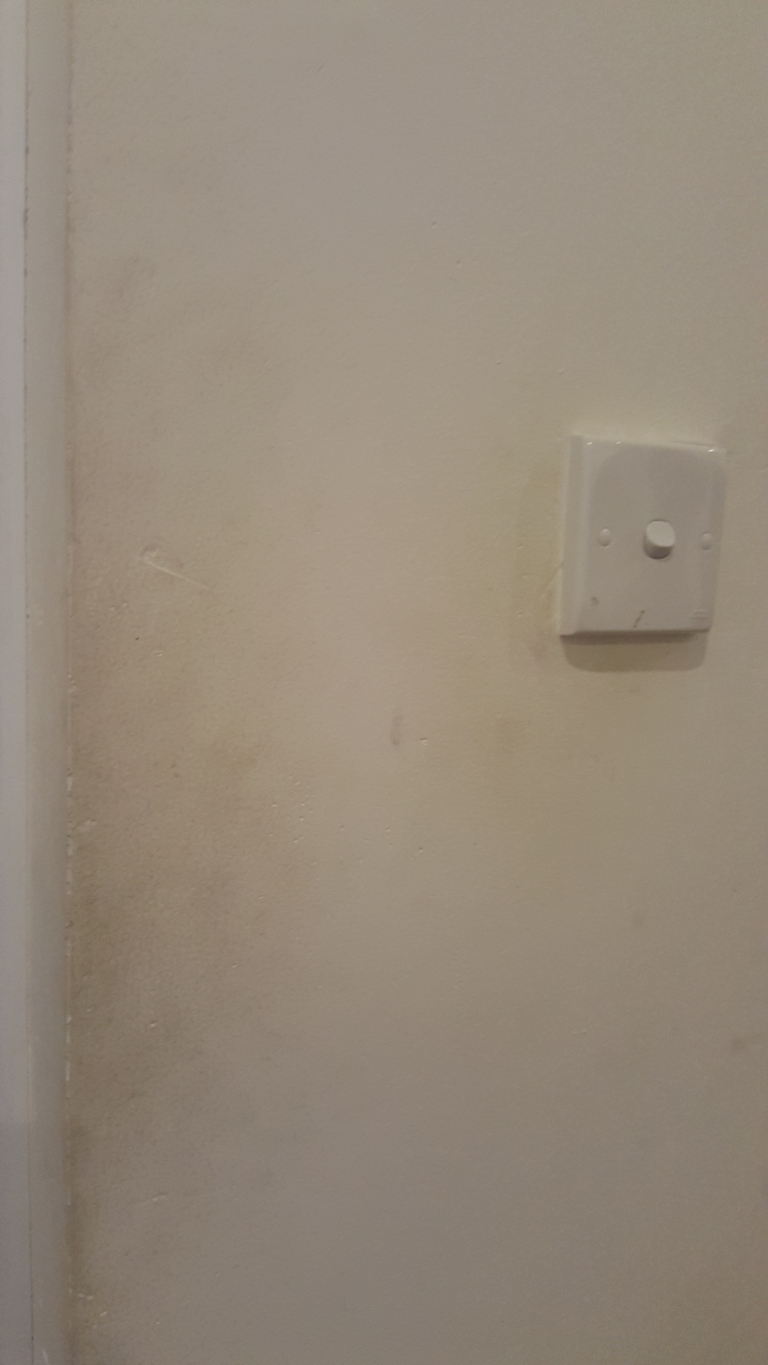
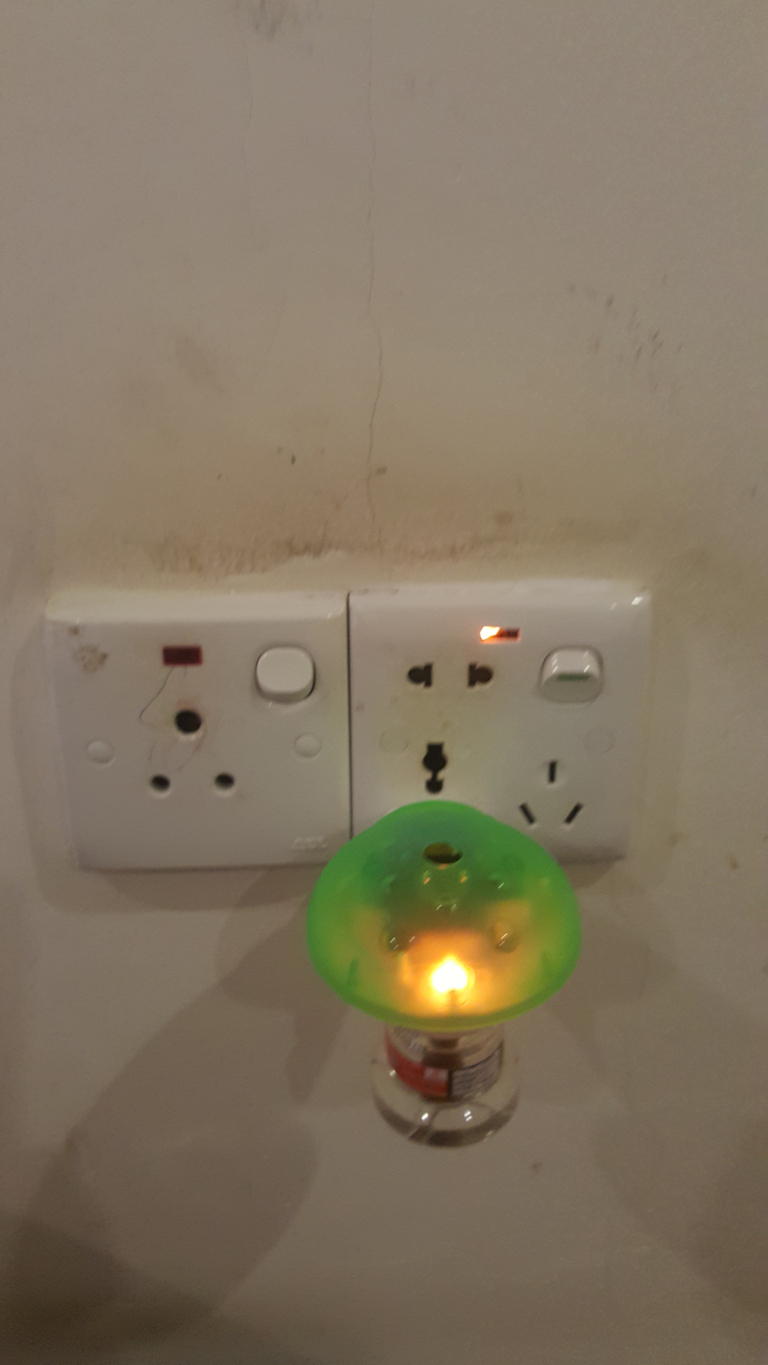
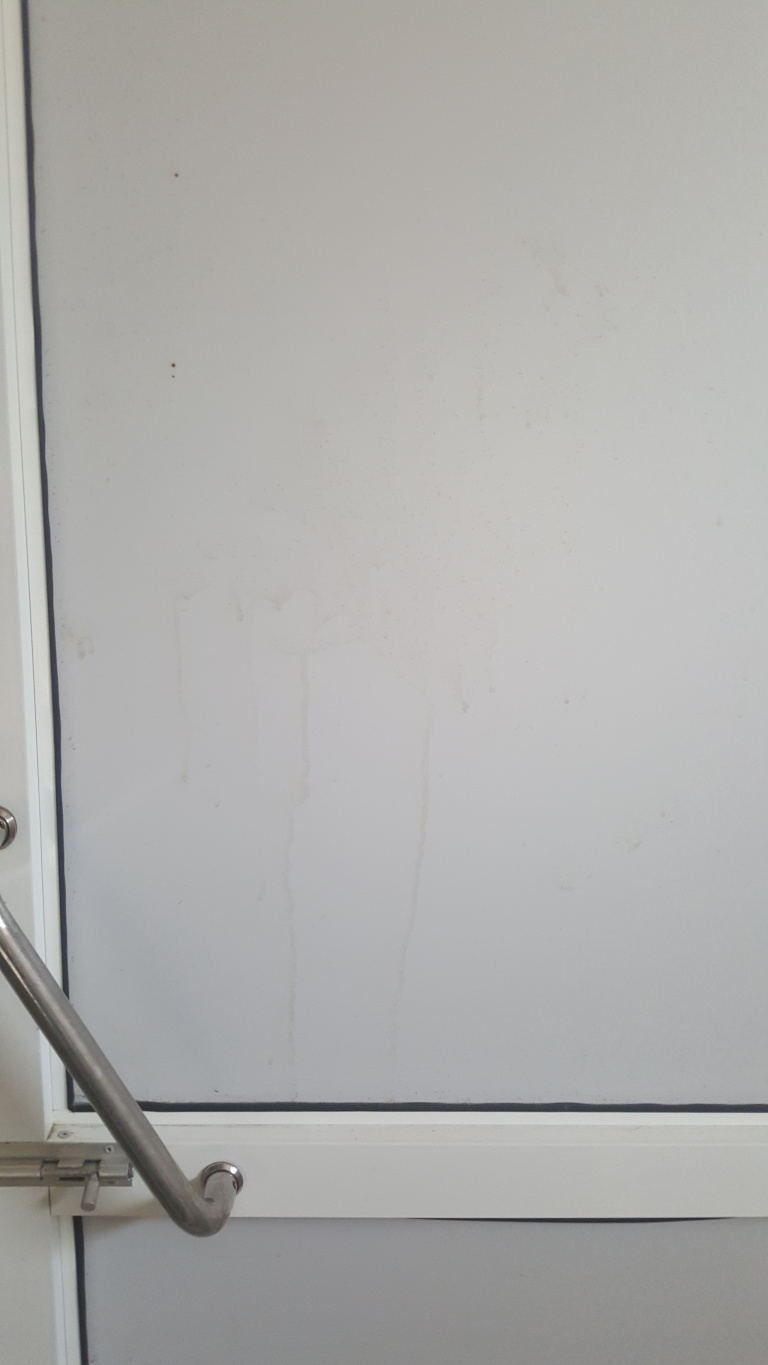
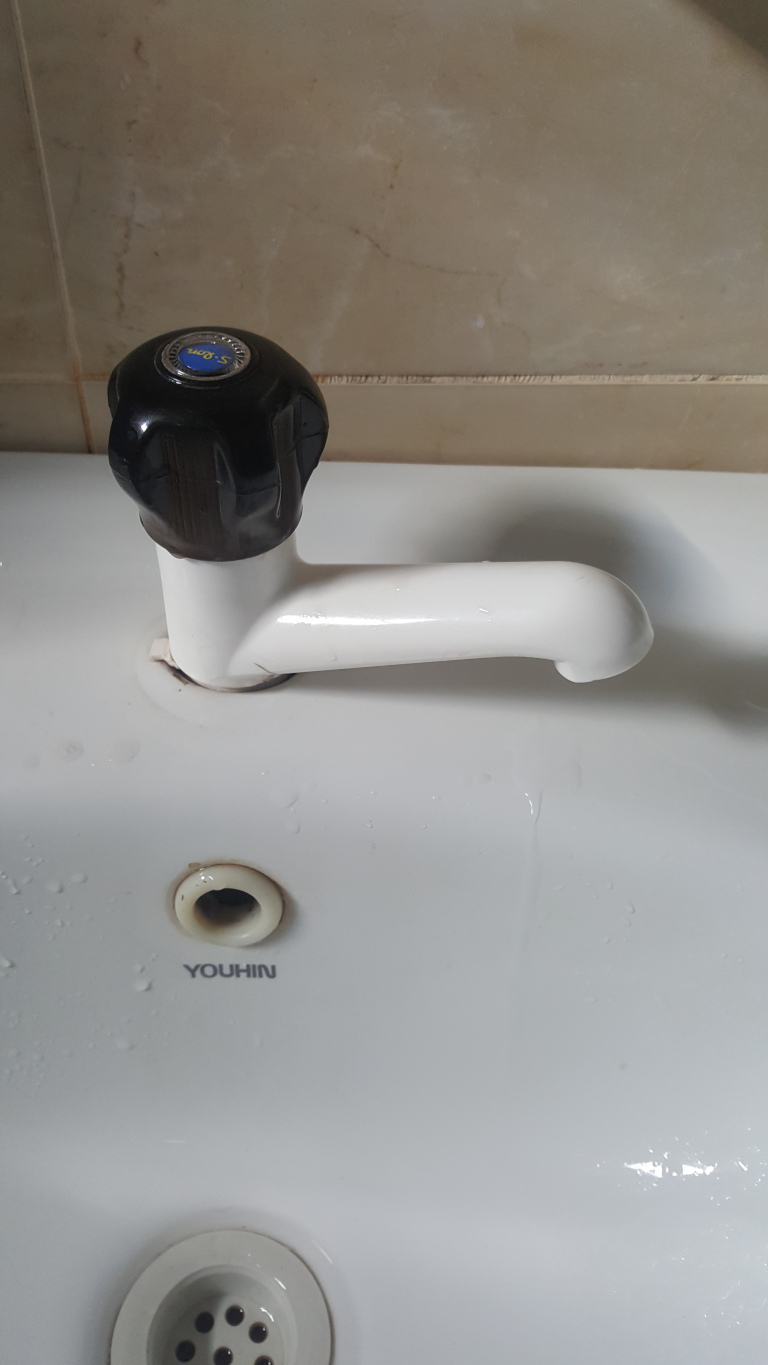
I tried opening a nailed-down window for air, then I scowled at my suicidal scars.
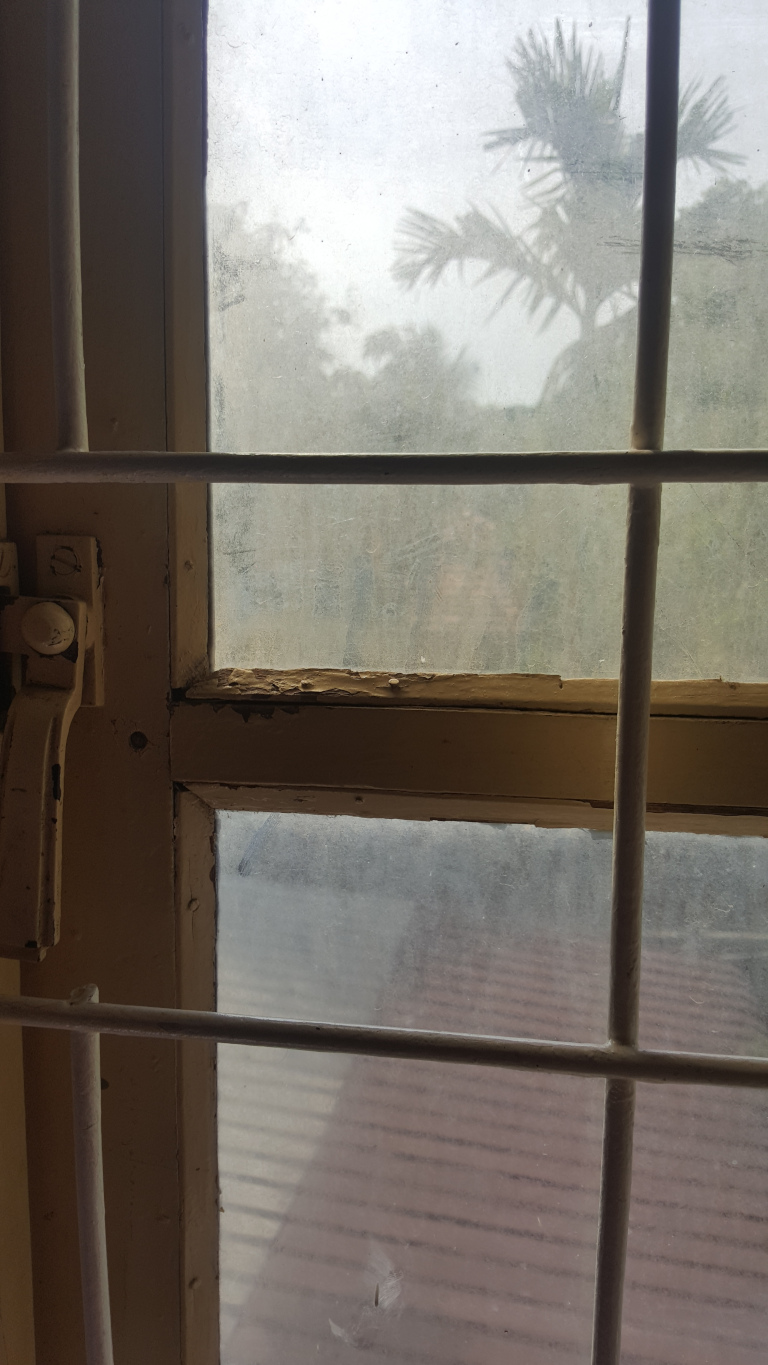
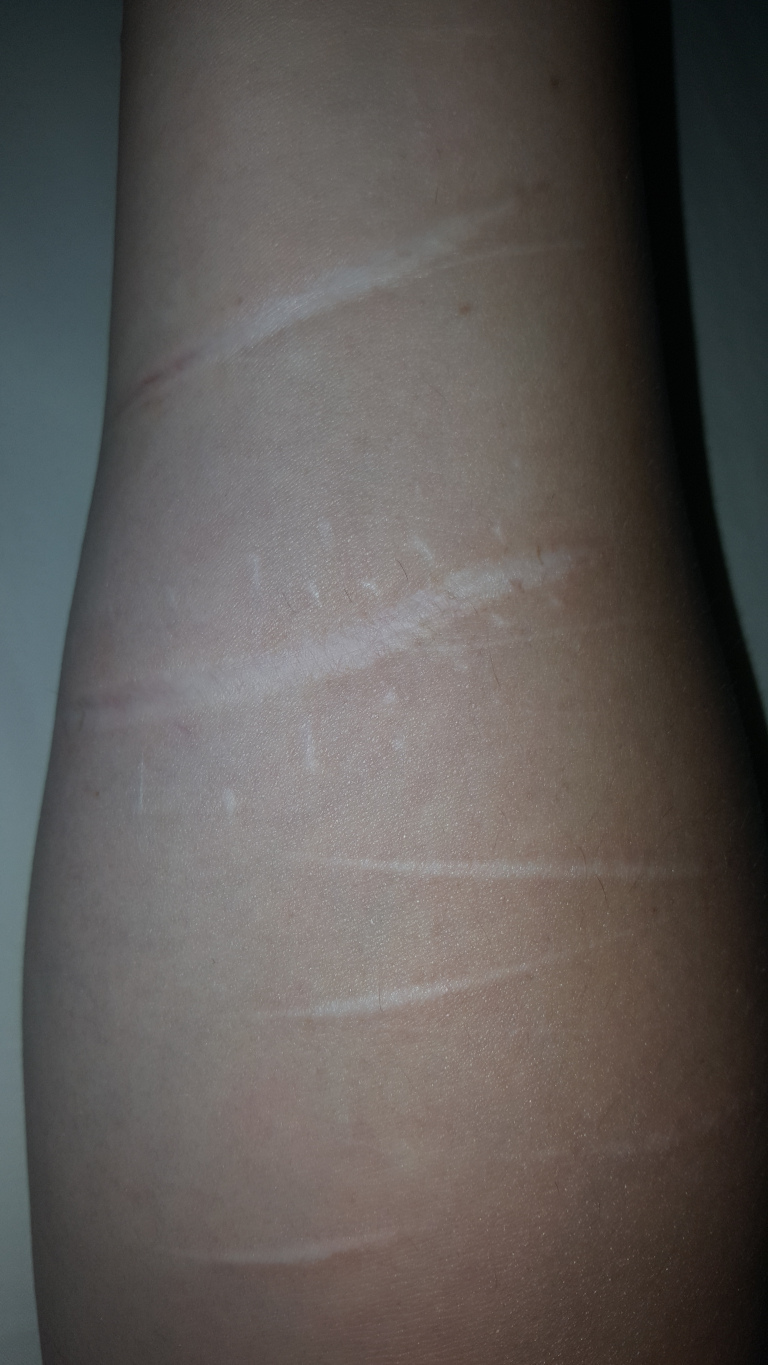
While Communist evils simmered in northern Sri Lanka, attention was diverted to all the cool vintage cars.
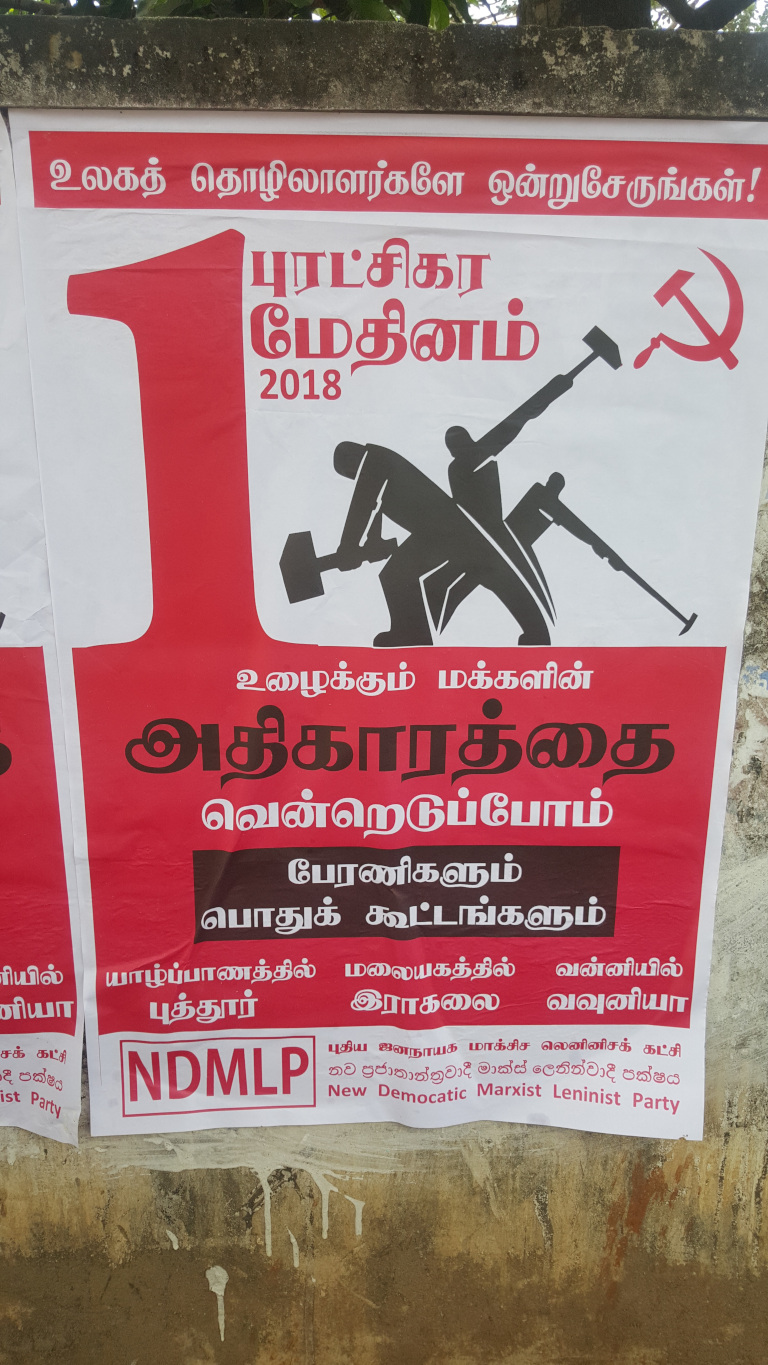
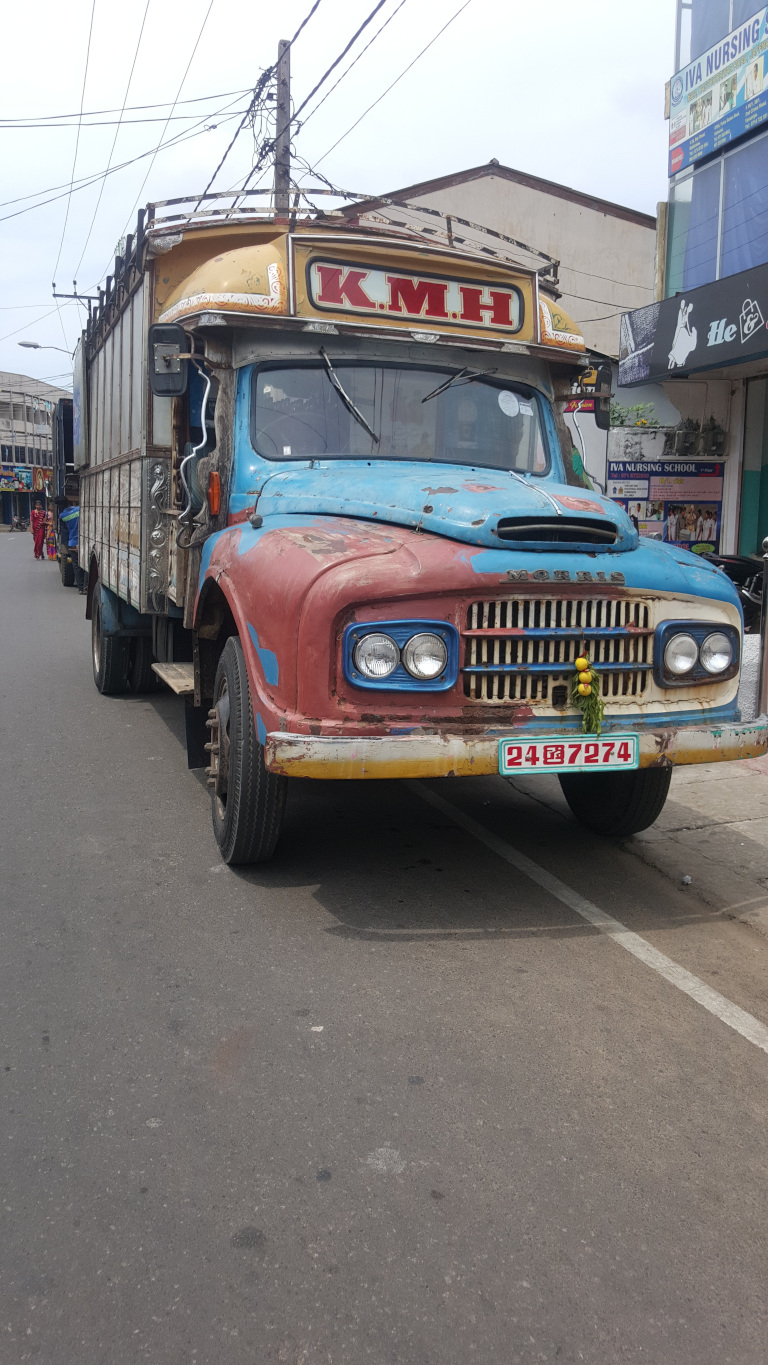
I discovered a second Murugan Kovil and a friendly Shiva Kovil.
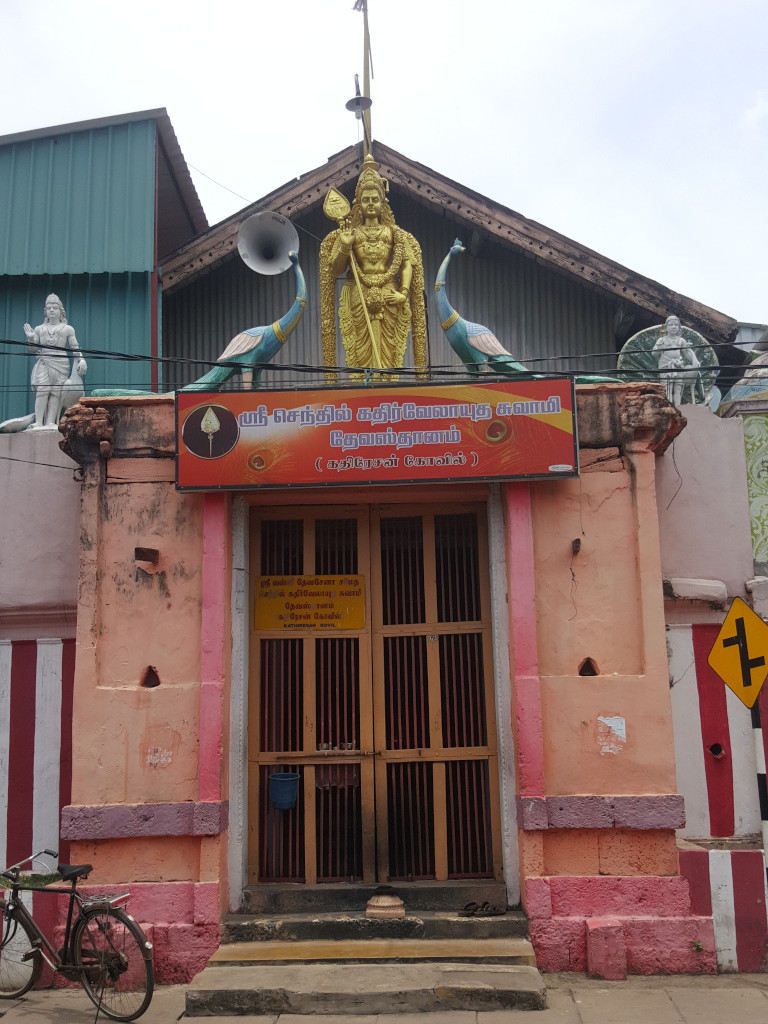
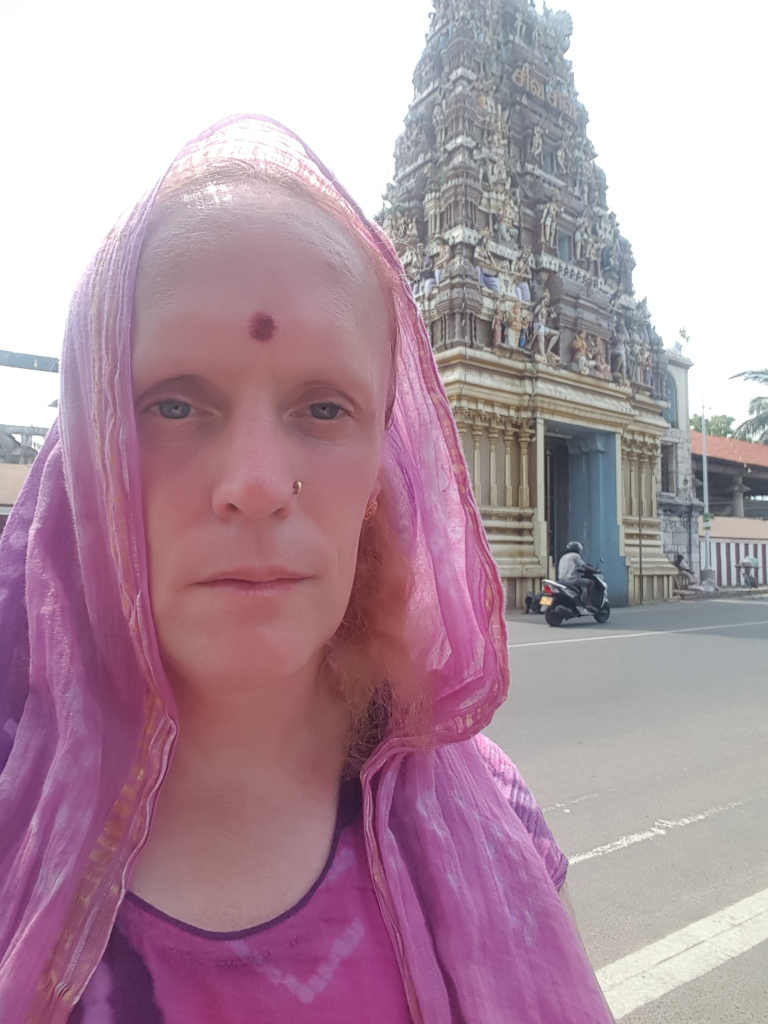
To prevent shelling, kovils were painted with red and white vertical stripes during the civil war.
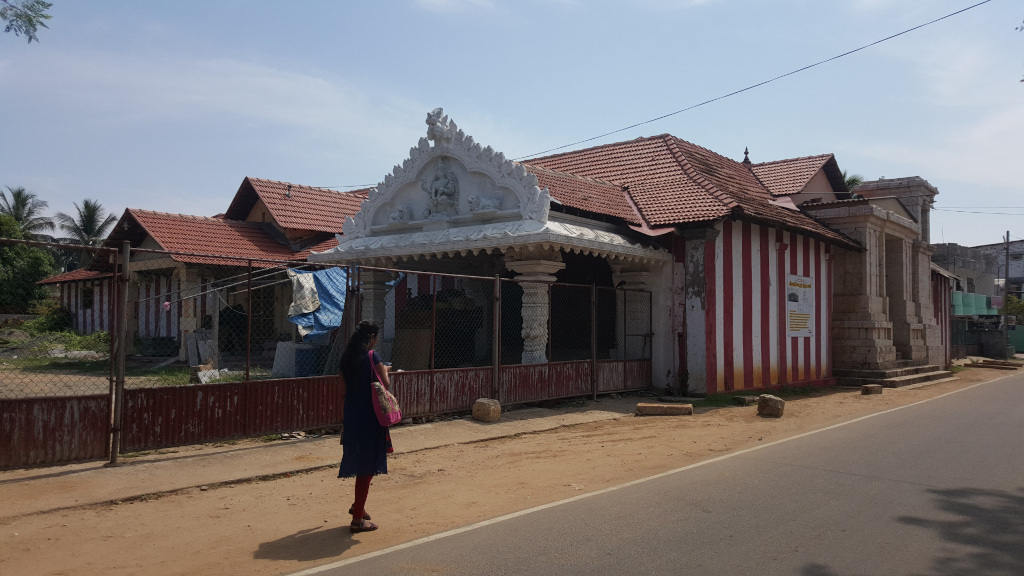
In Sri Lanka, flowers were stunning, and I discovered a quaint Ganapathy Kovil close to Nalir Kovil.
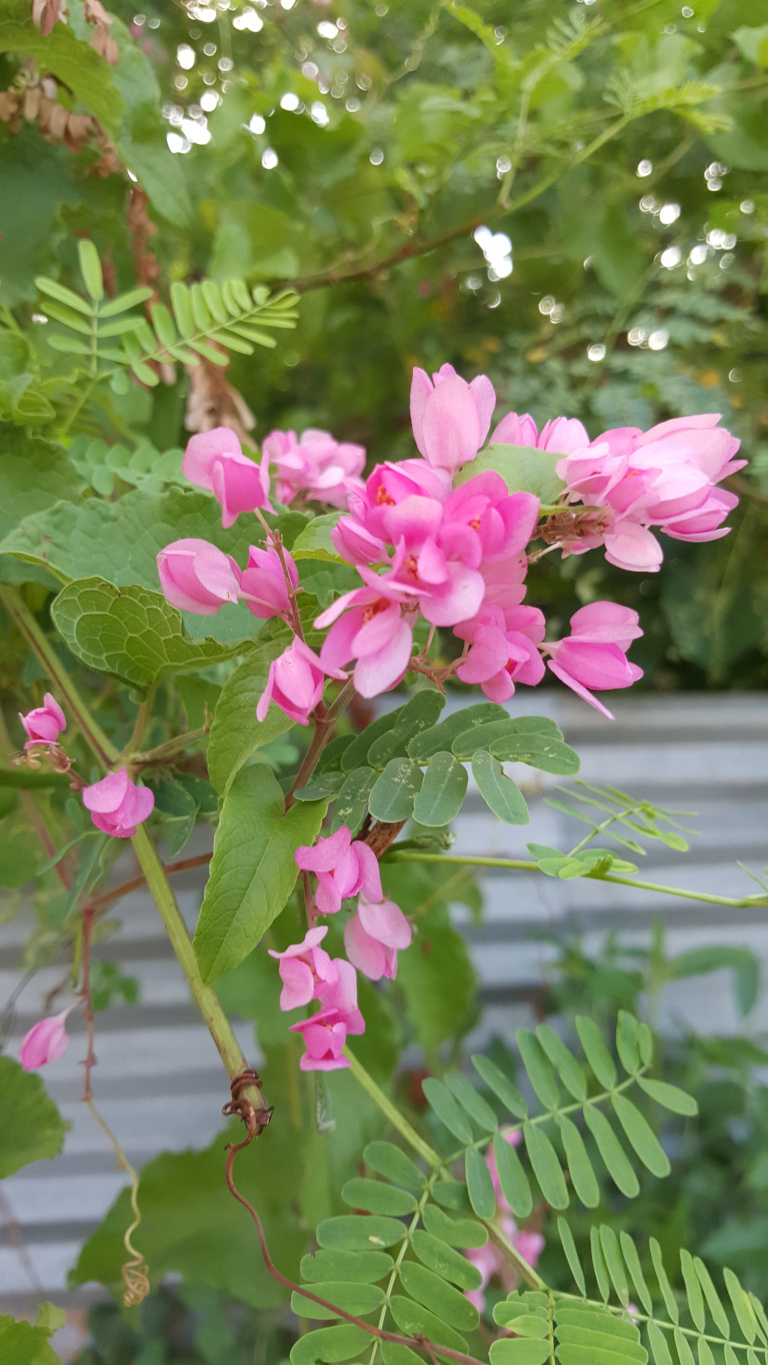
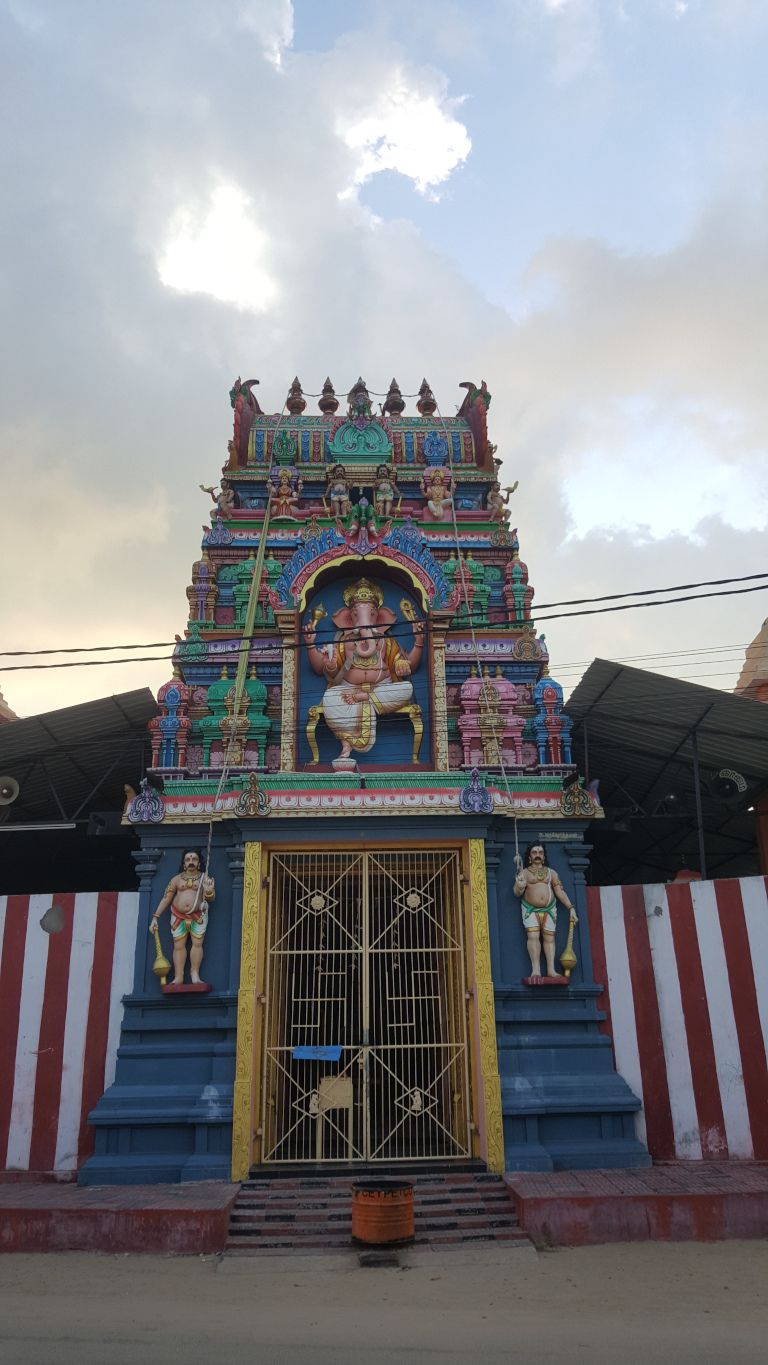
Nalir Kovil.

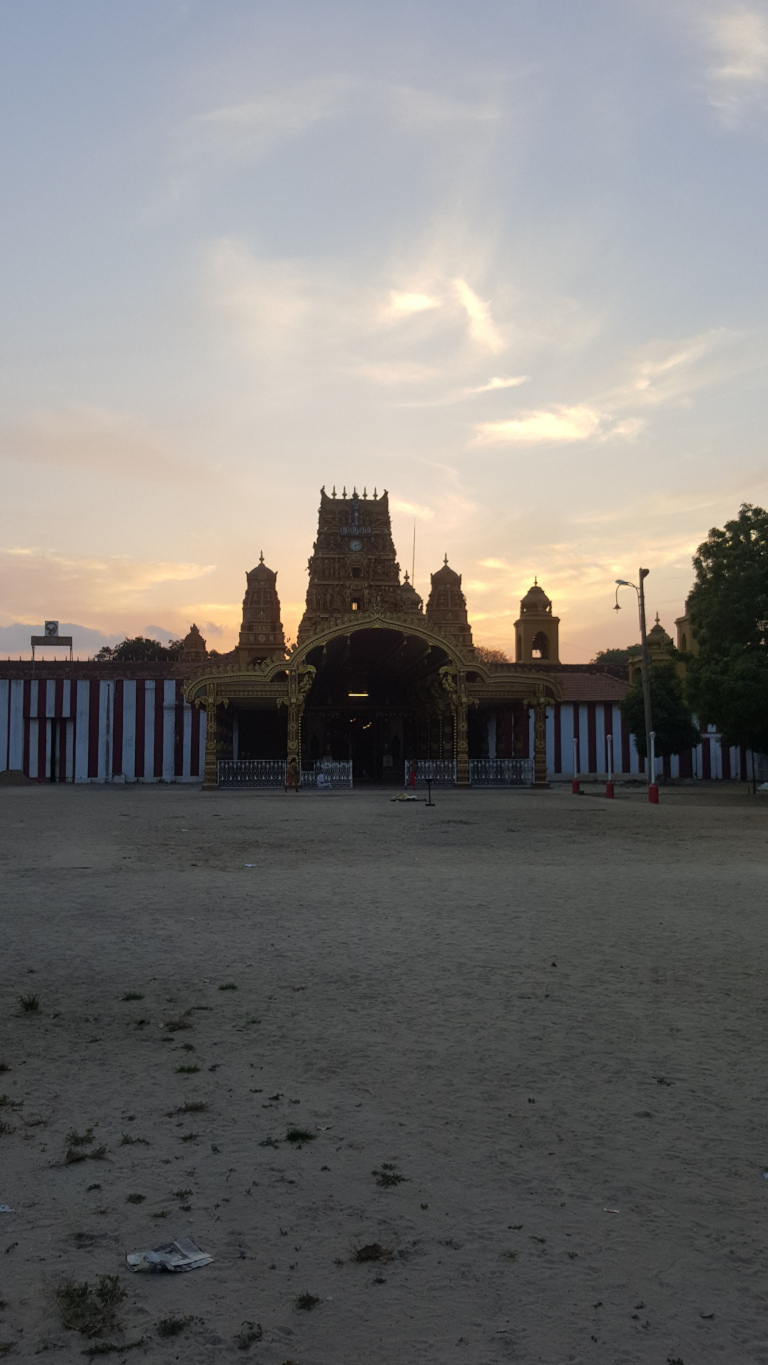
Savored a delicious masala dosai at the immaculate Nalir restaurant.
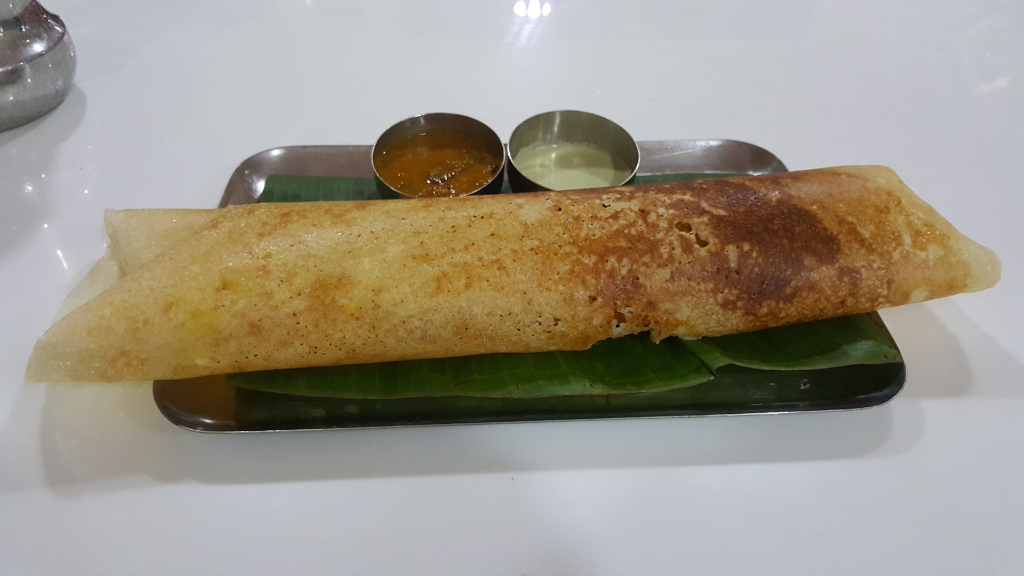
I took a photo of my gold earrings because I had to sell them because I was out of money.
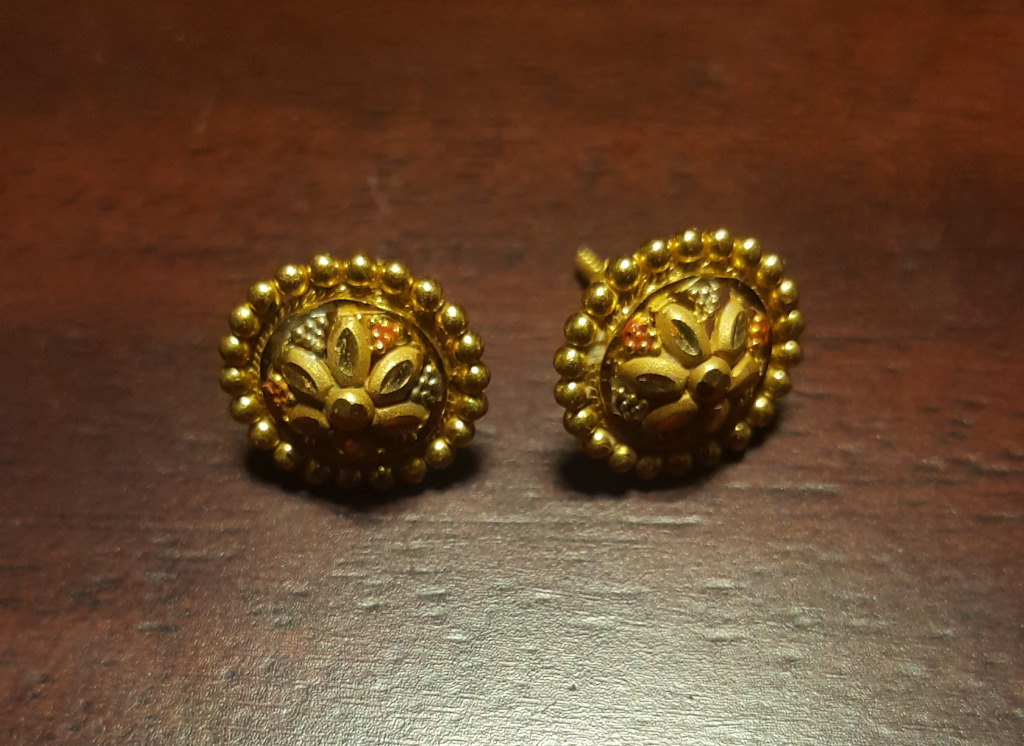
I ran into a dead puppy on my way to the jeweller's.
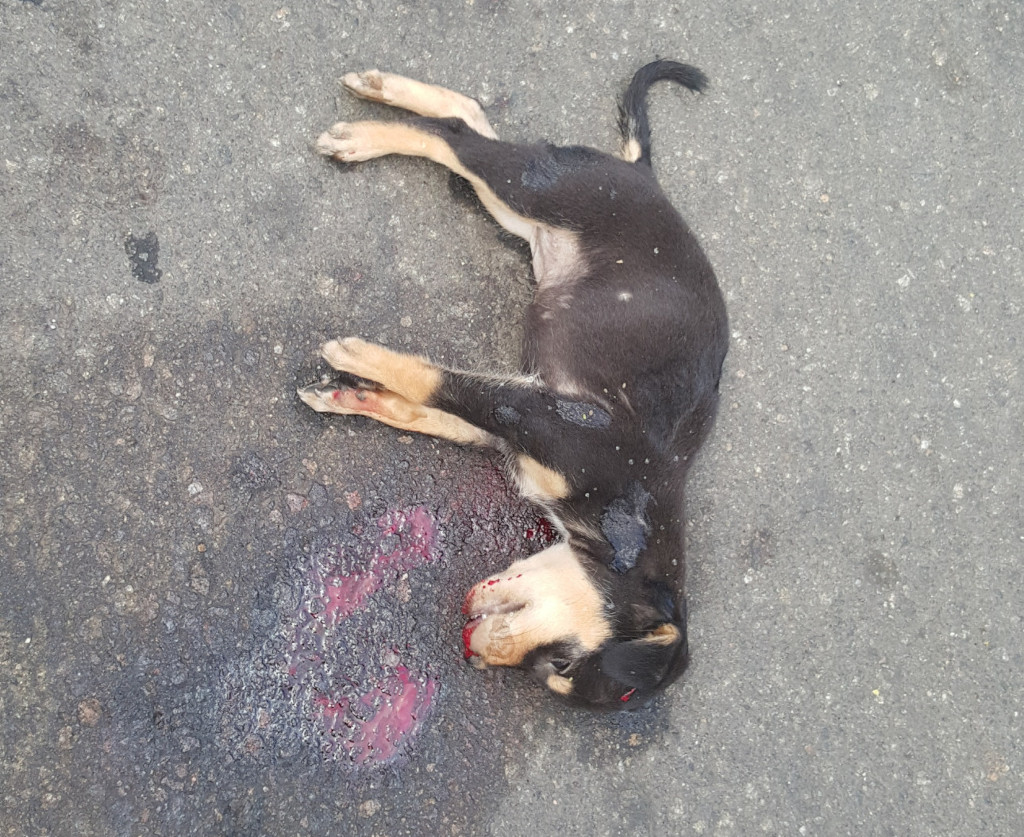
Obtained help from Murtumari Amman before going into the Jewellers.
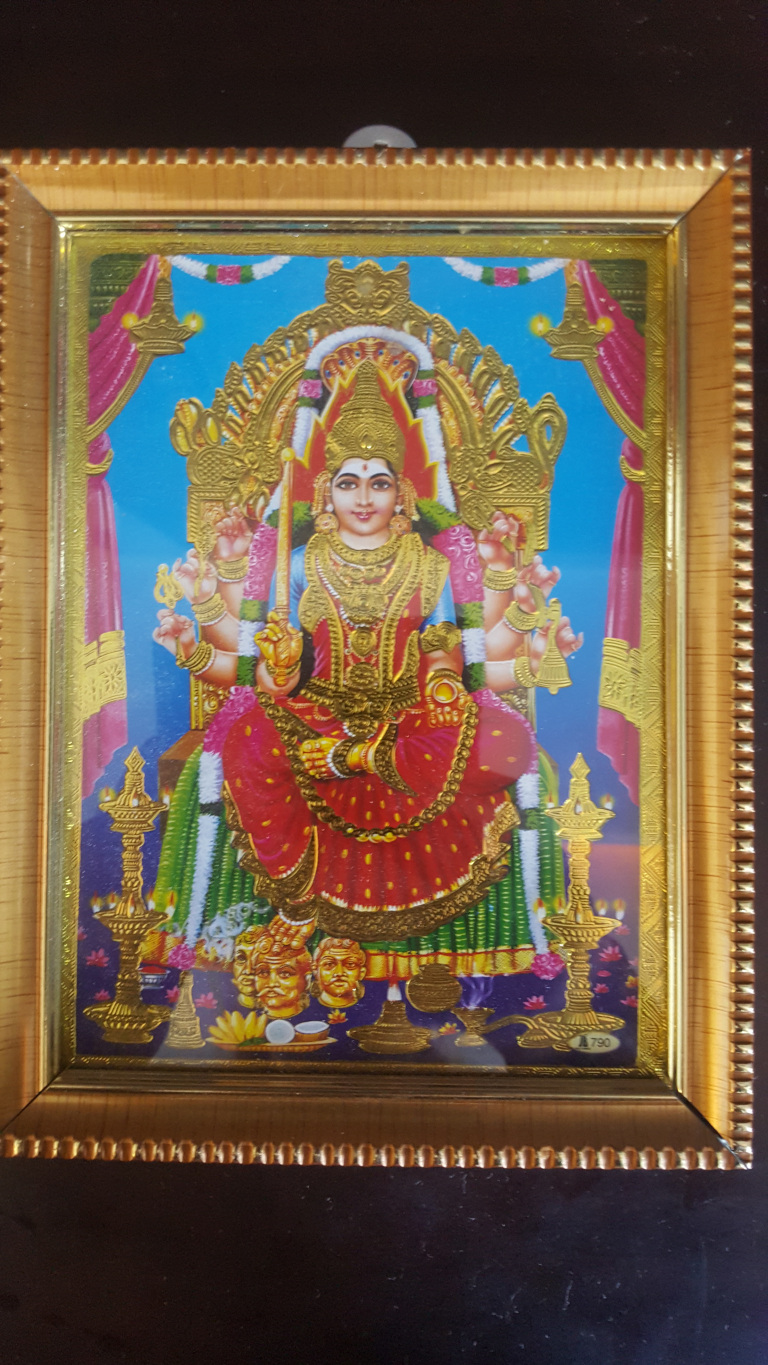
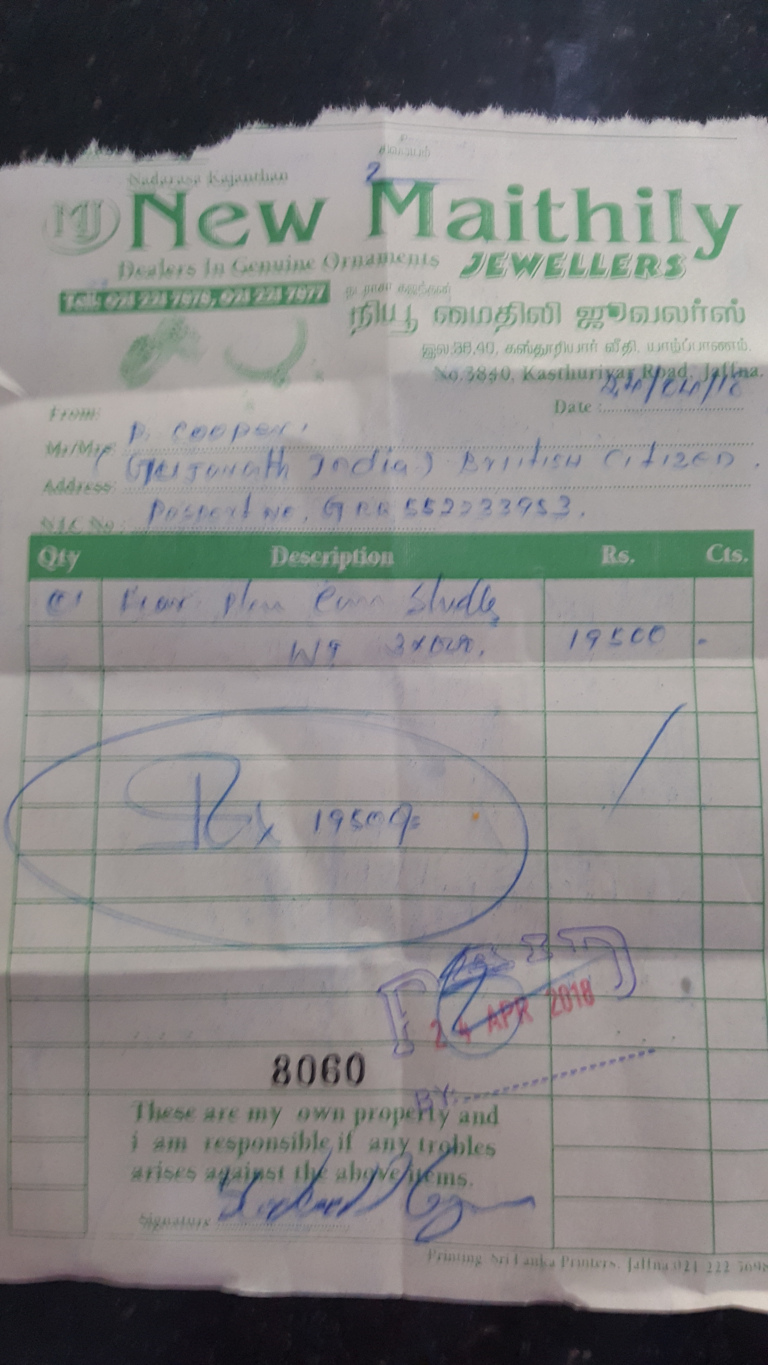
Walked to the coastline, and rested by a fort.
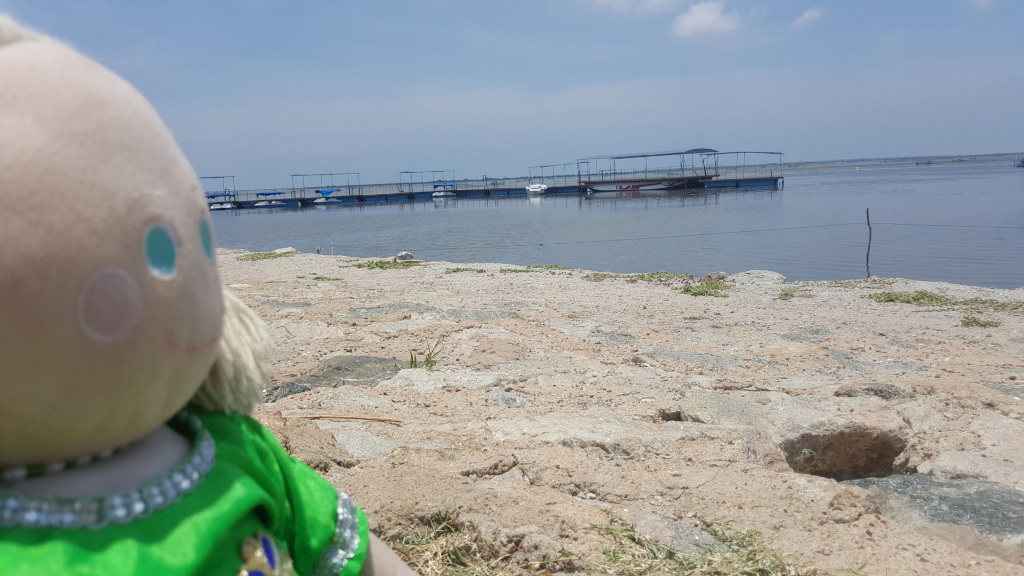
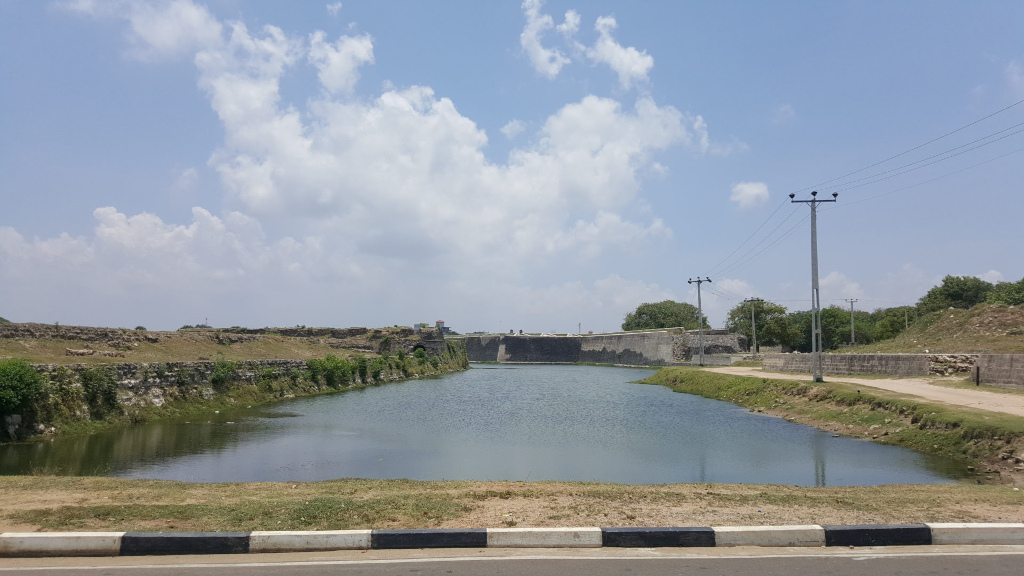
Coast was eeiry, empty yet distraught.
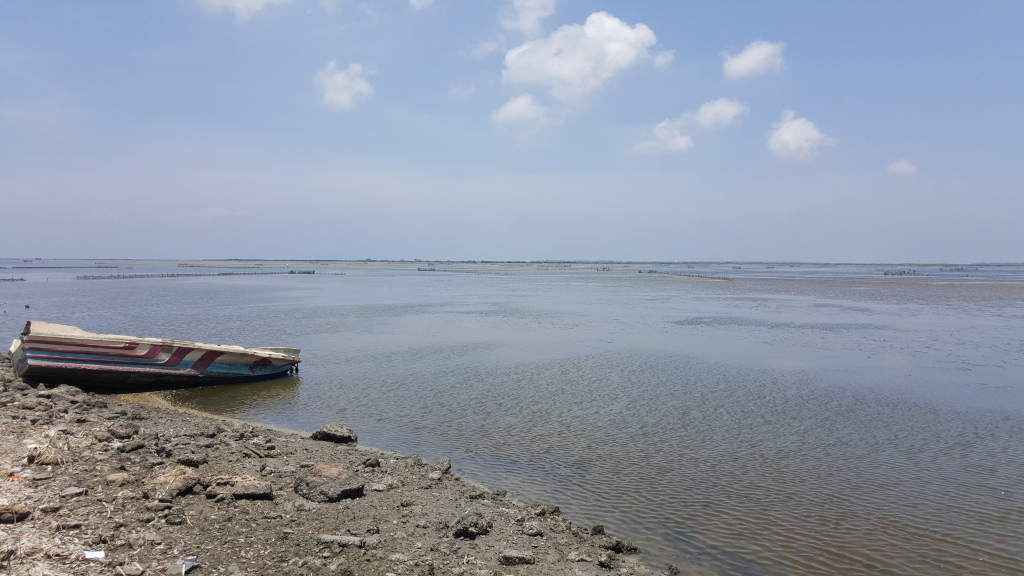
I discovered a hotel room that was cleaner; however, the plastic chairs exacerbated my anxiety from the torture I endured with an ETC machine by Internal State Security employees in sector 14 of Gandhinagar in 2007.
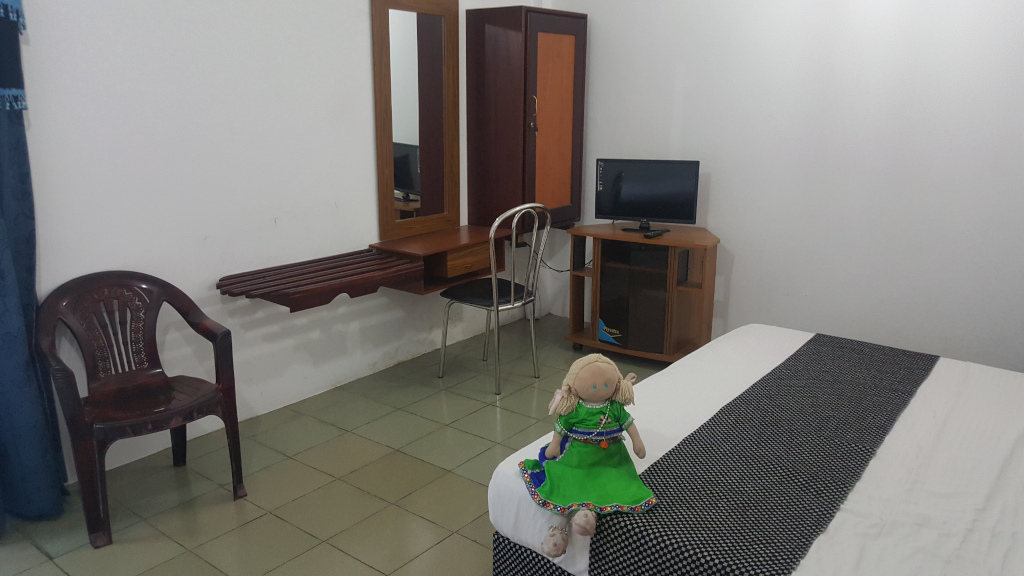
In the evening I found a small Mutumari Kovil.

Rust-free retro automobile.
